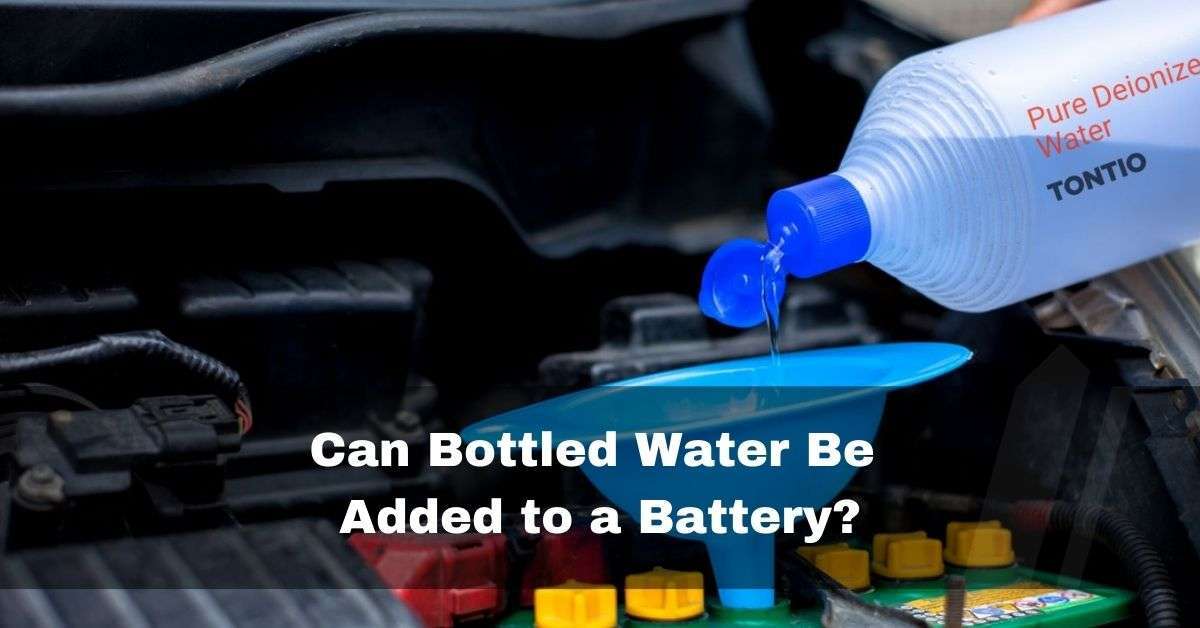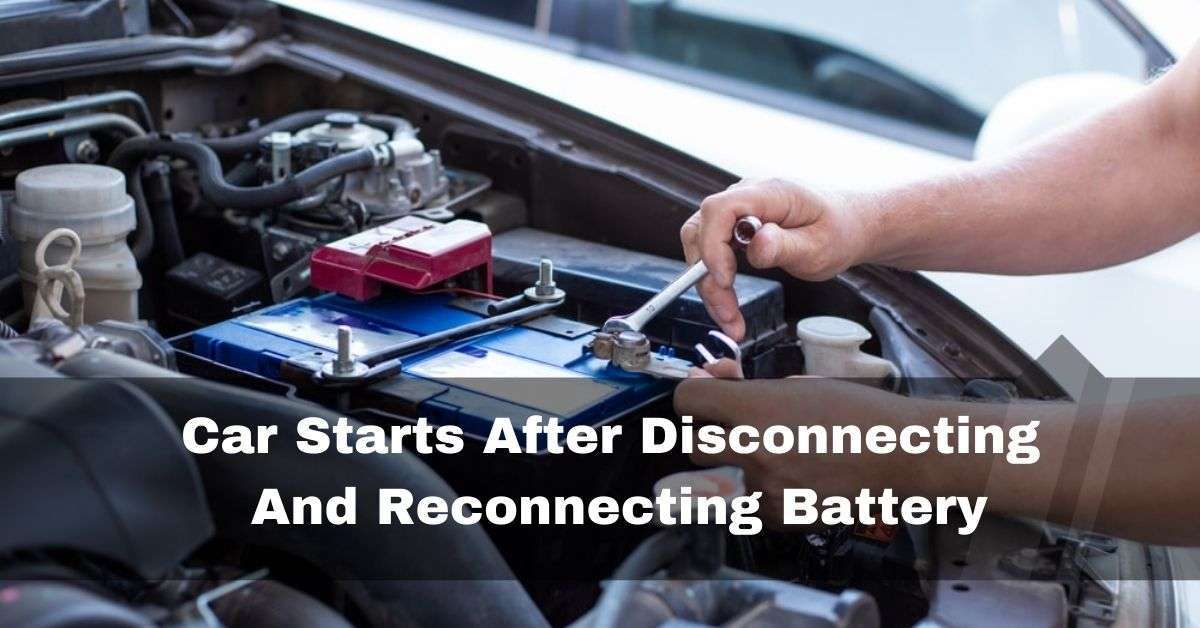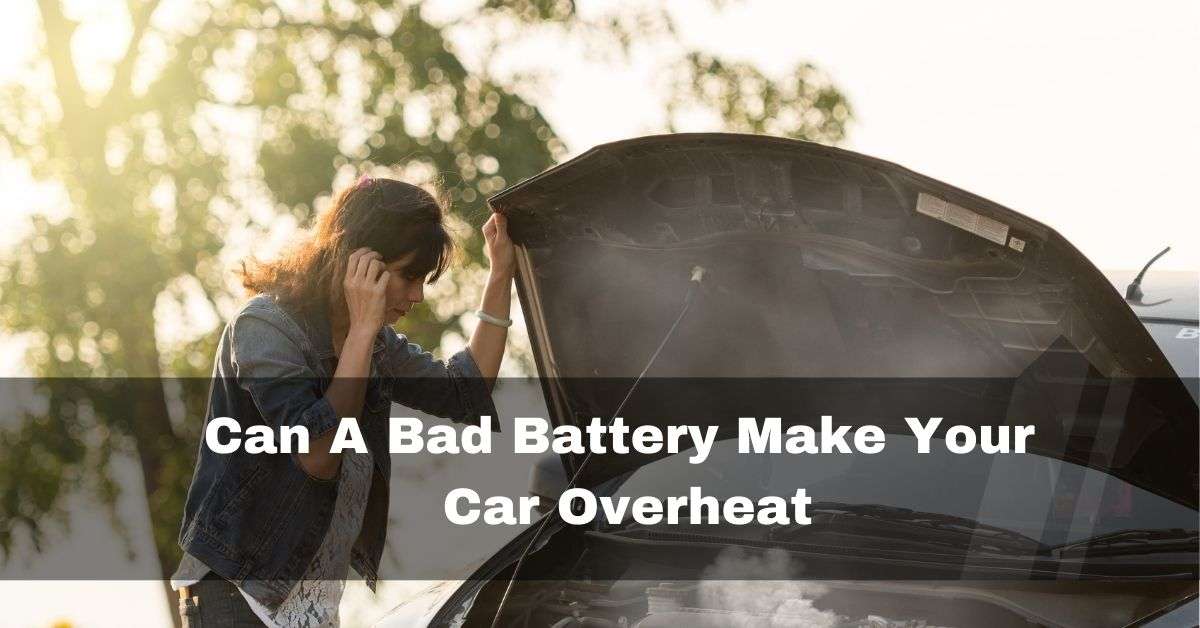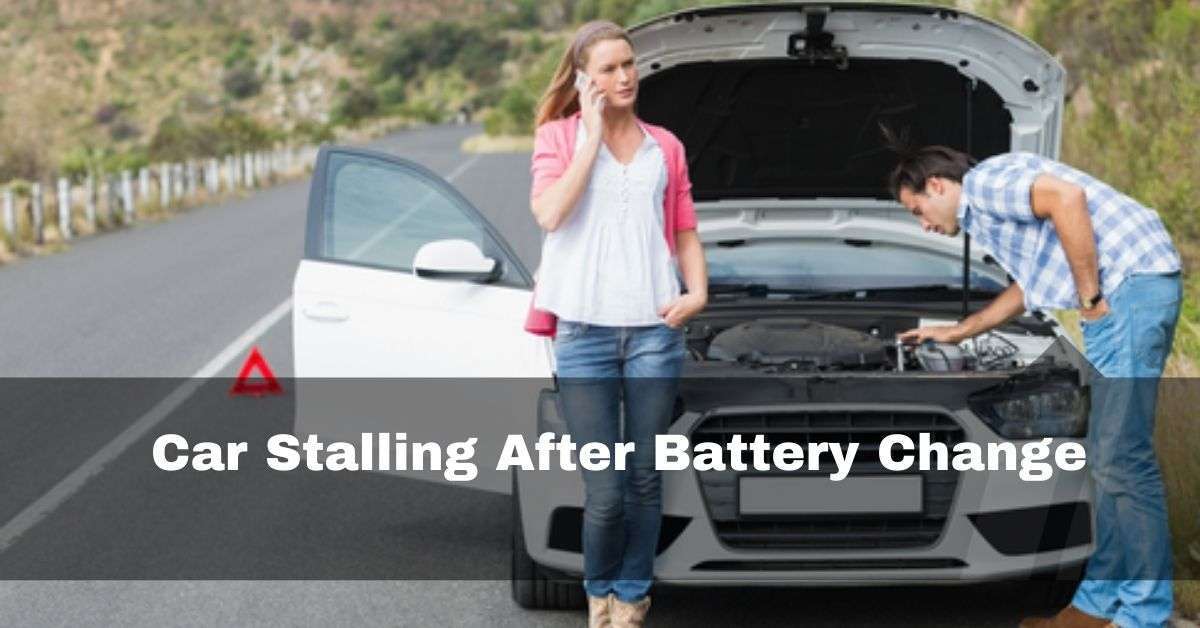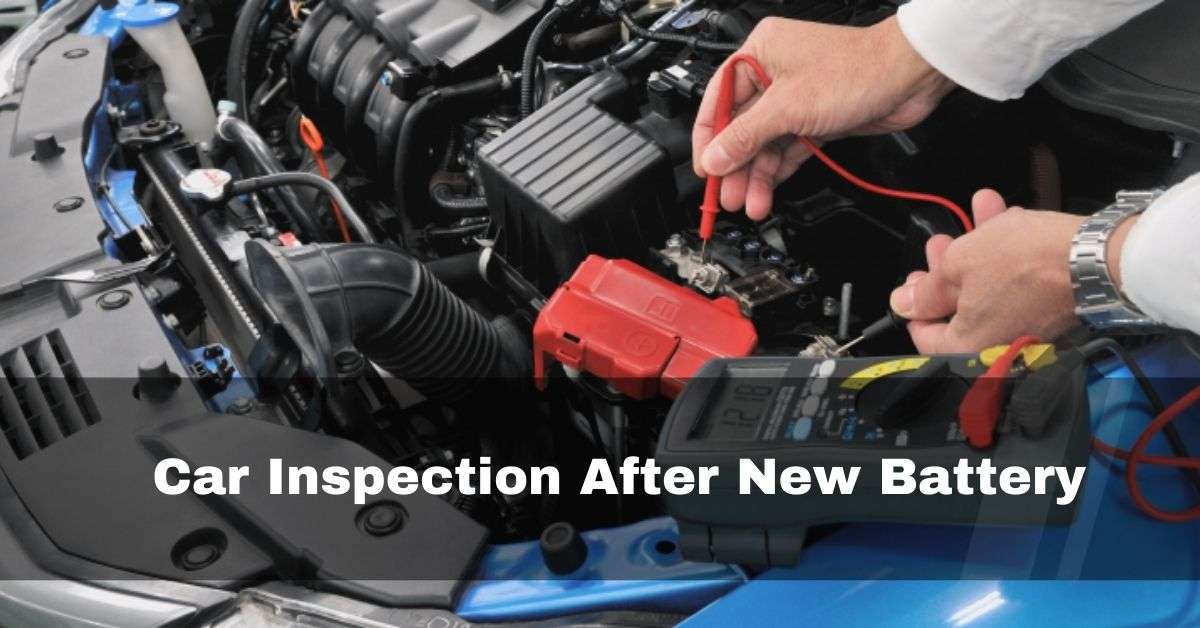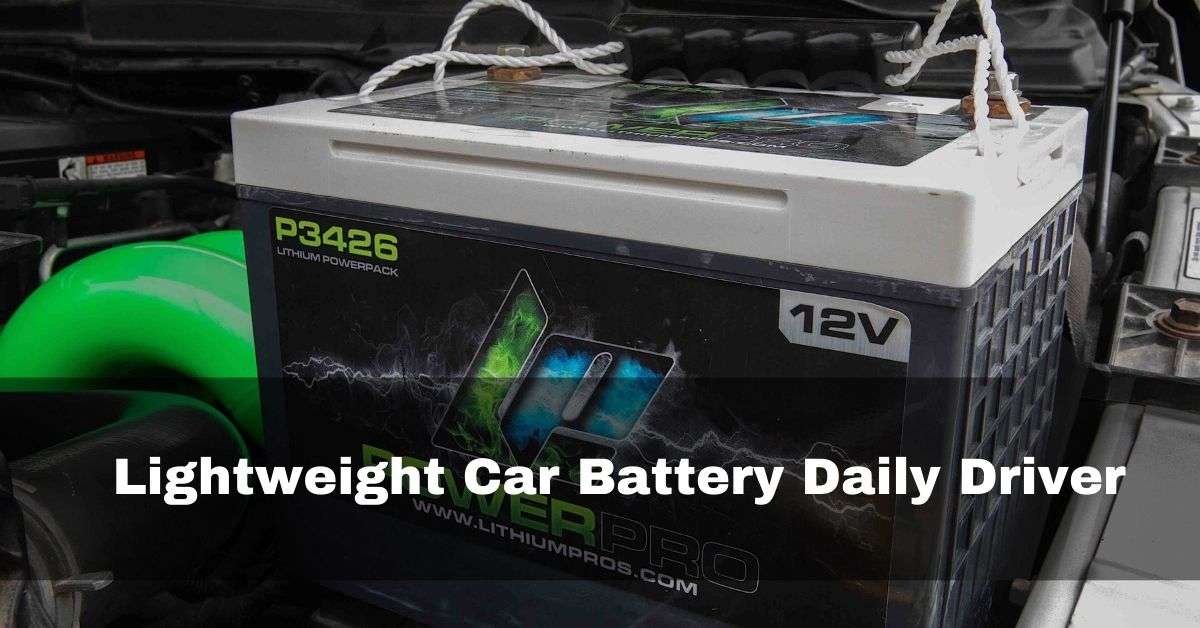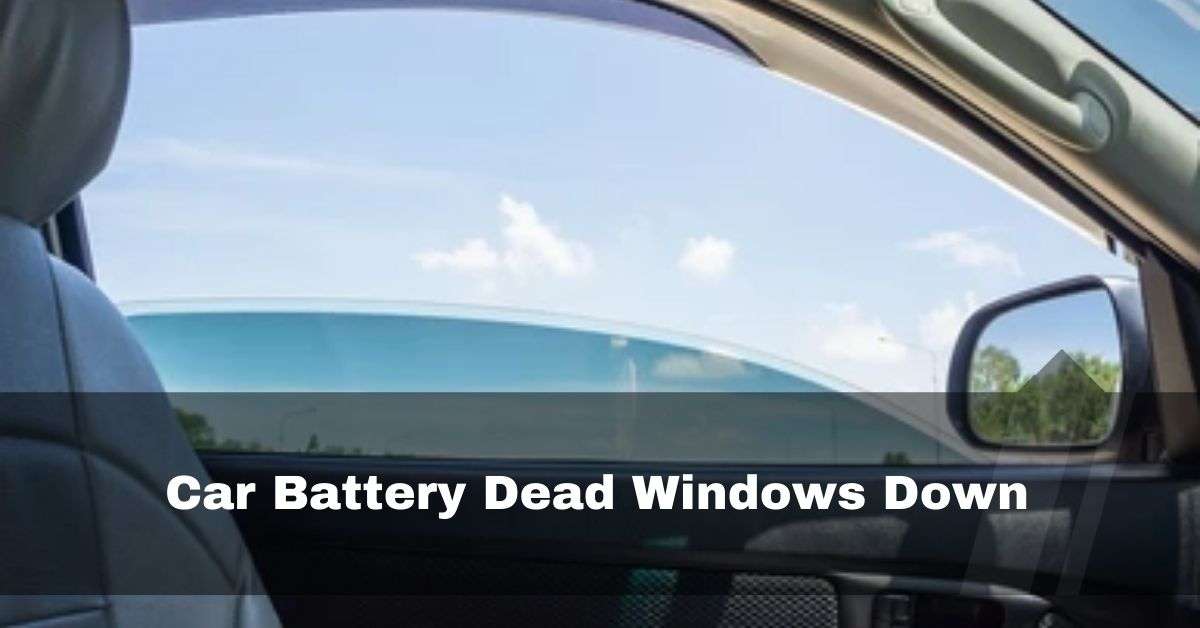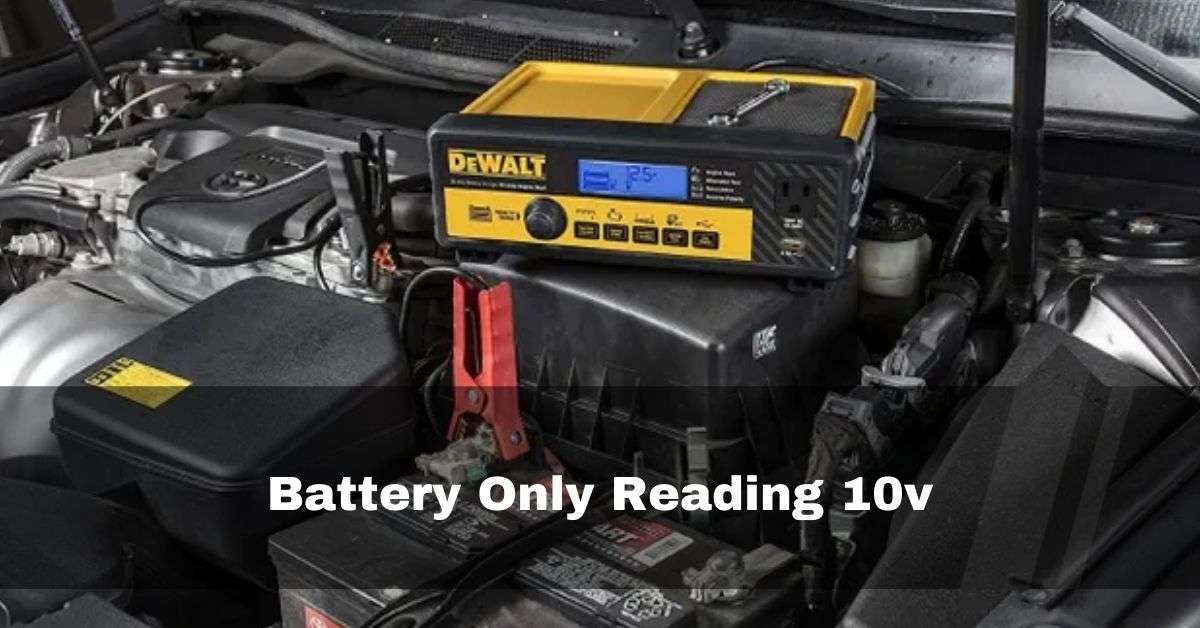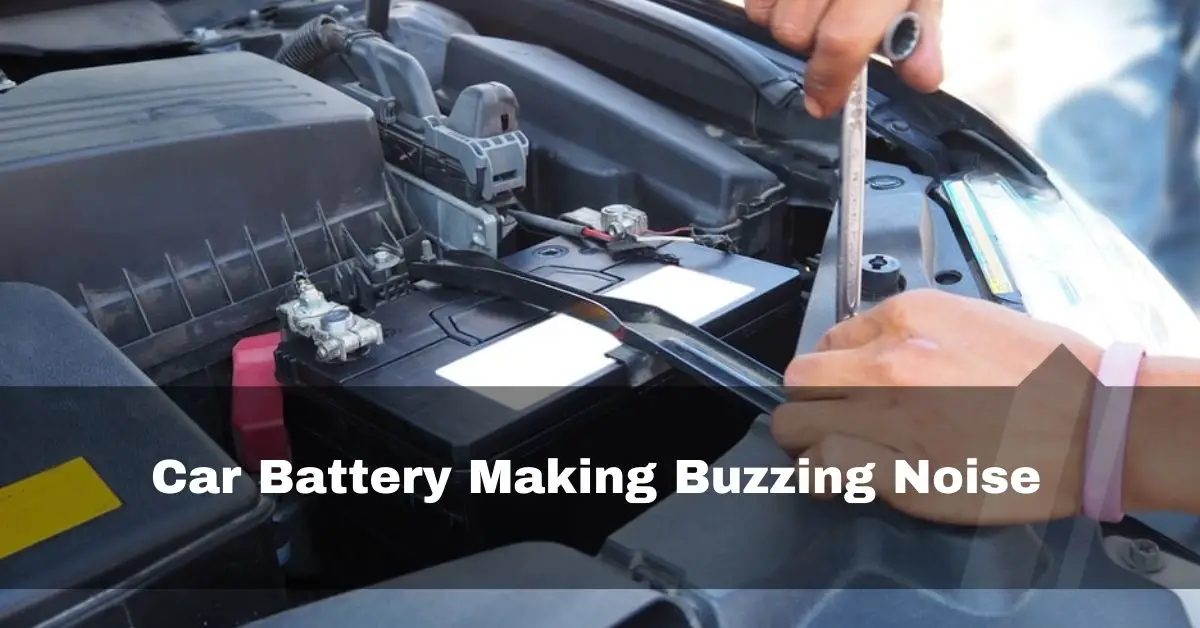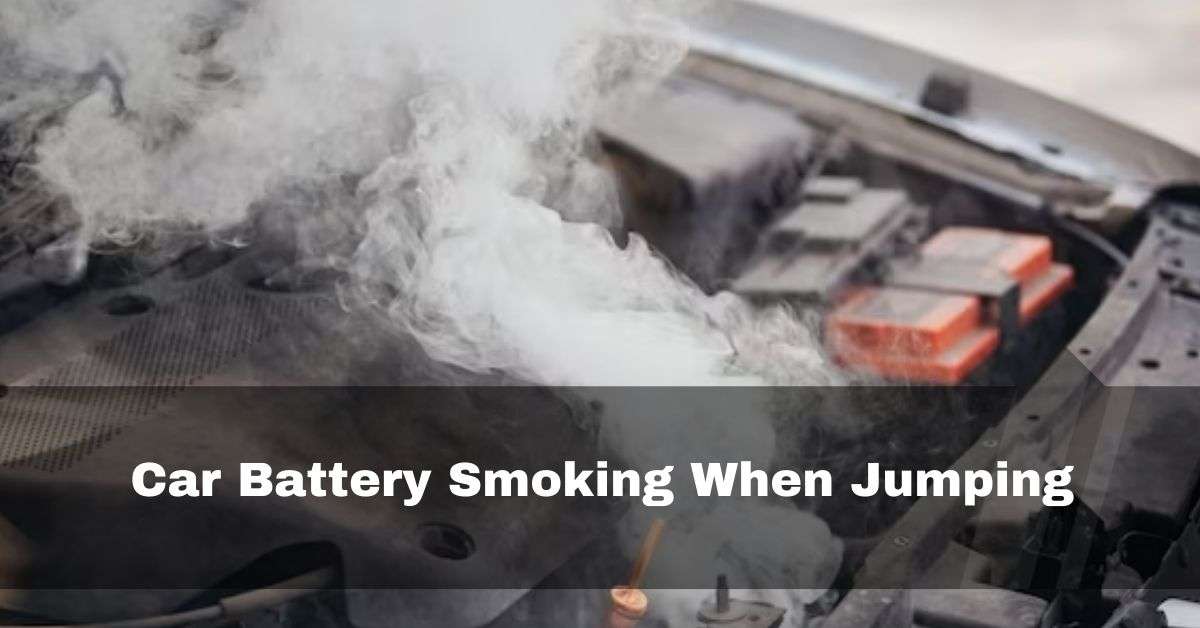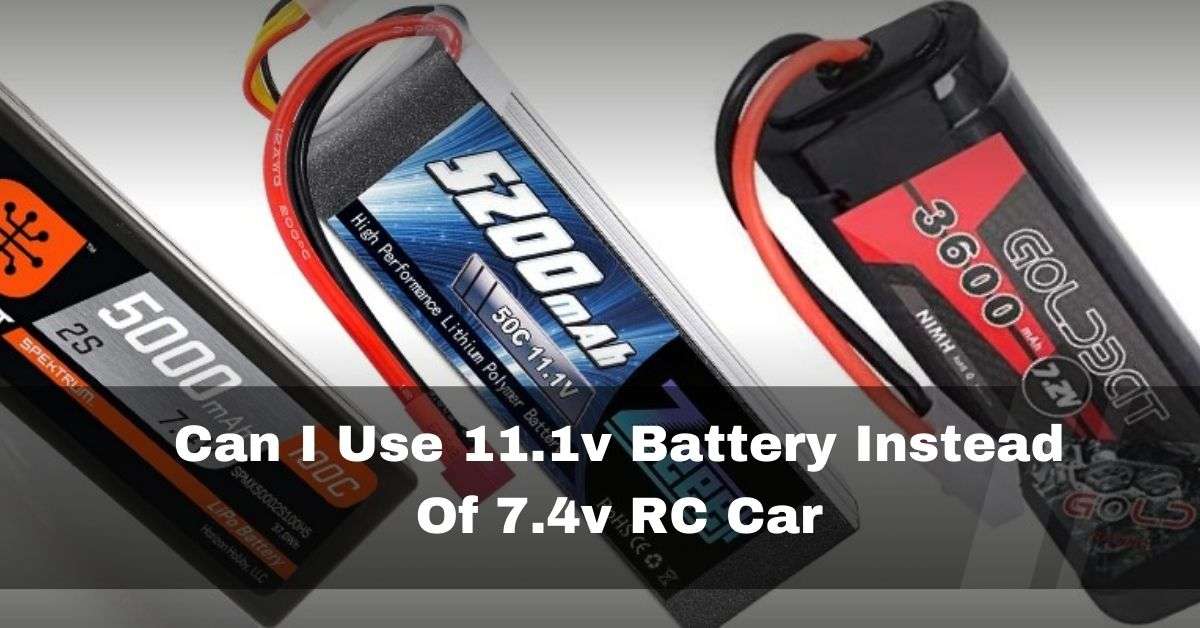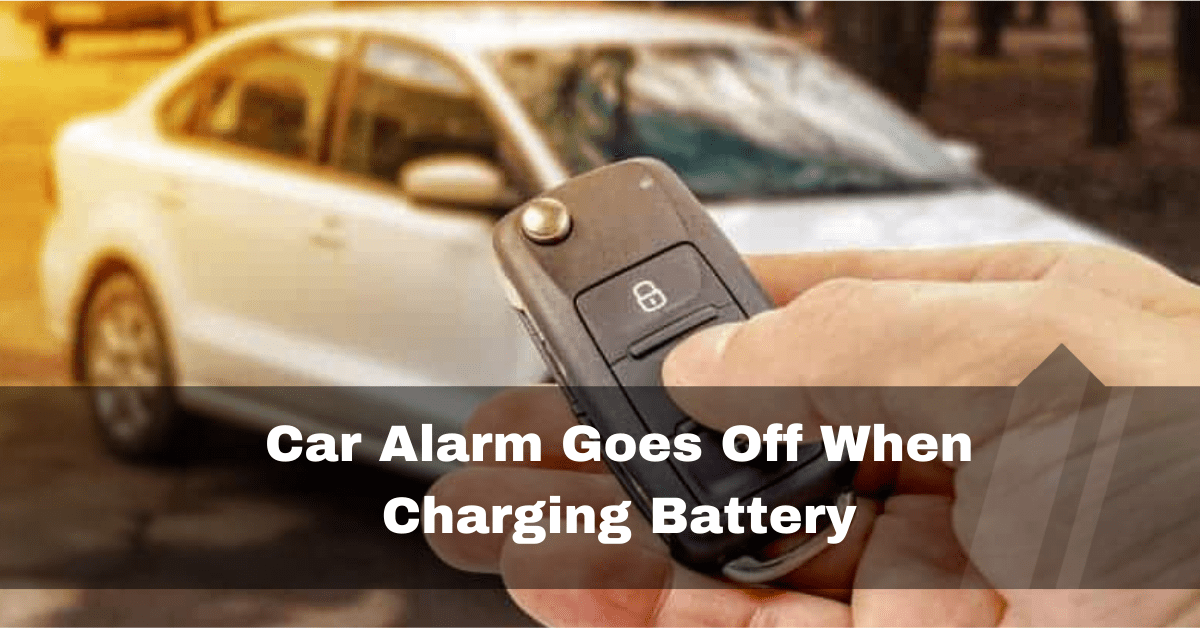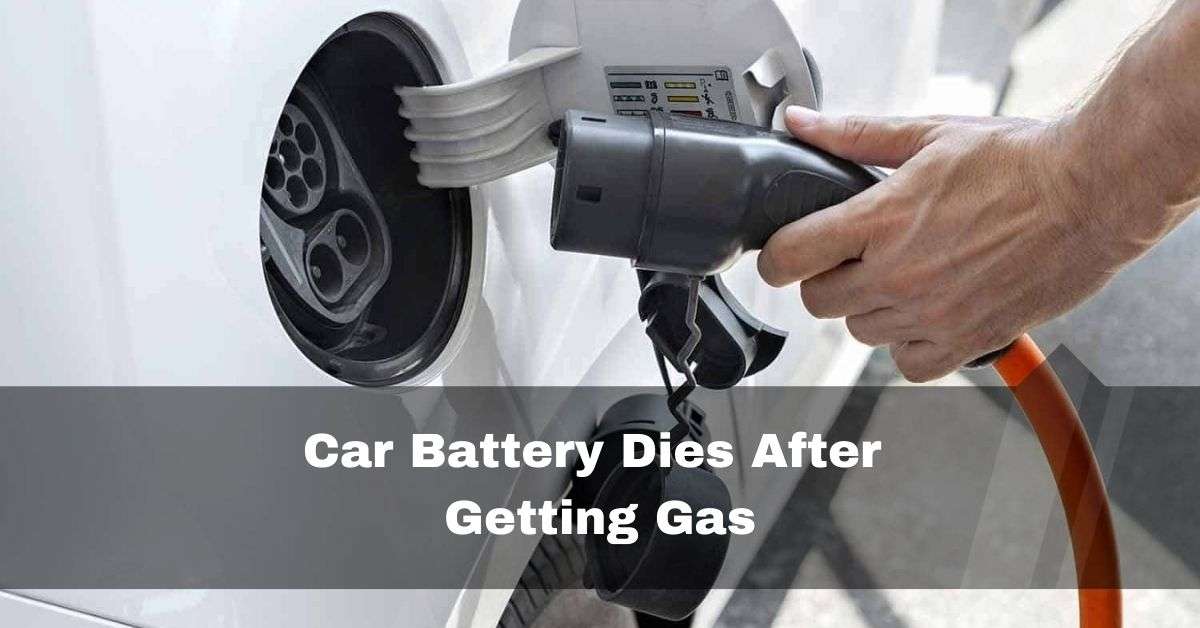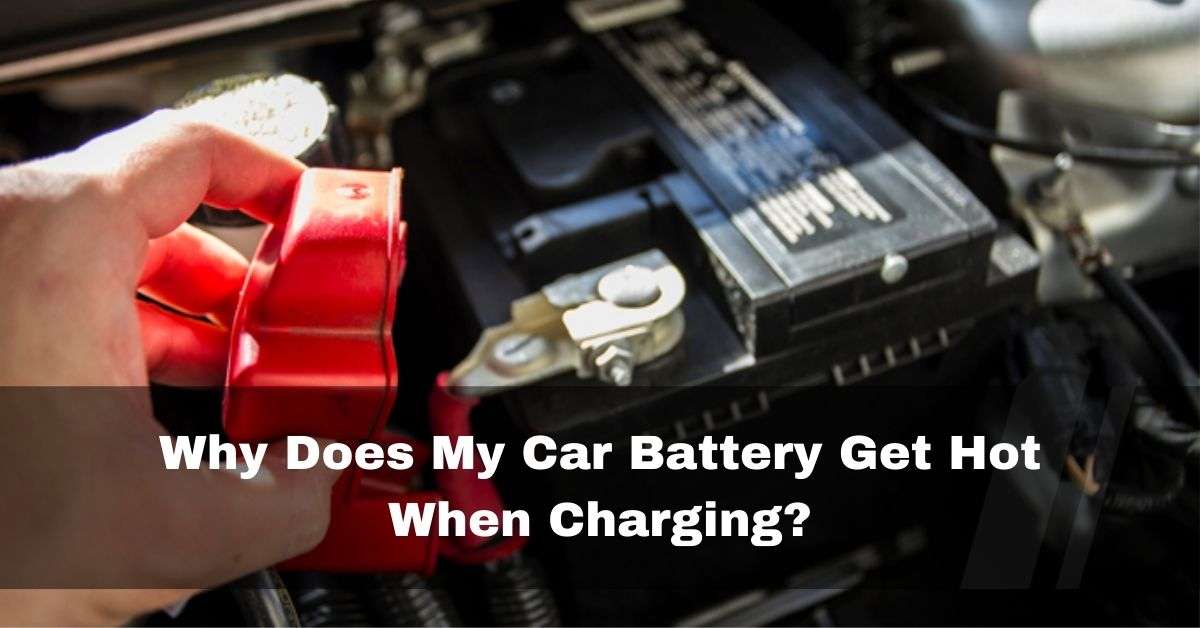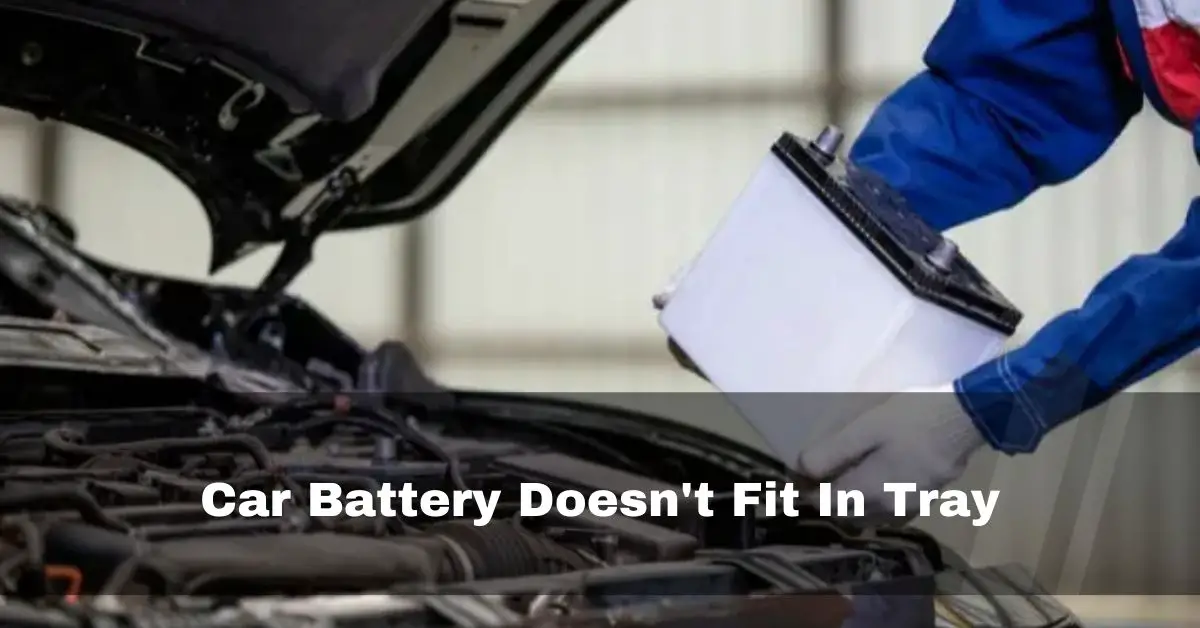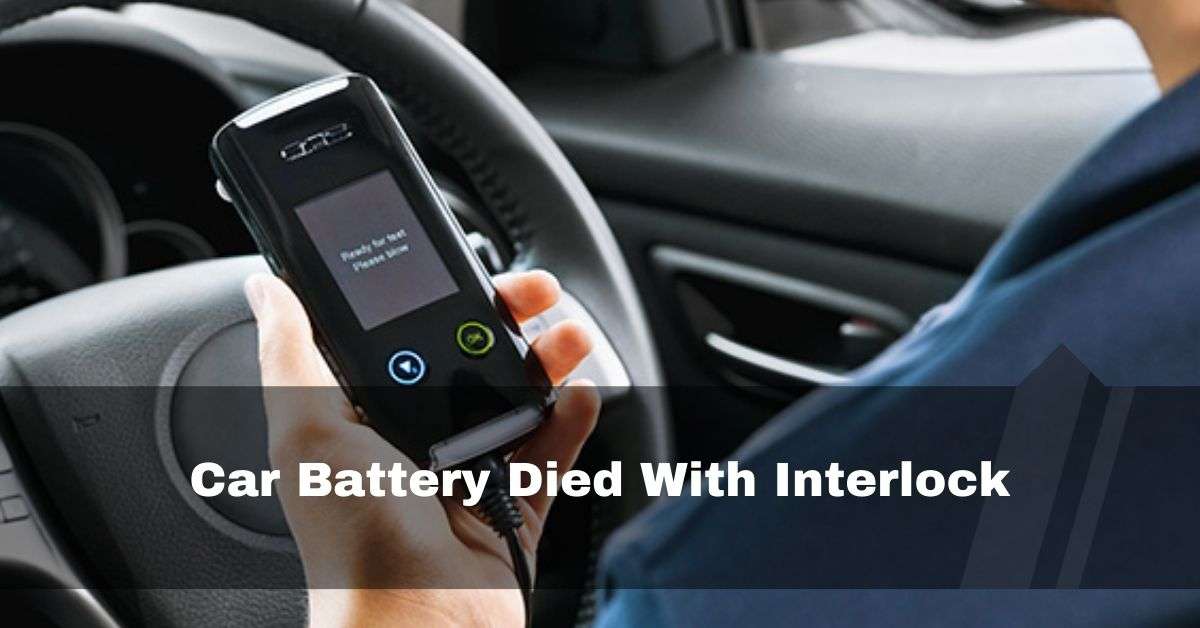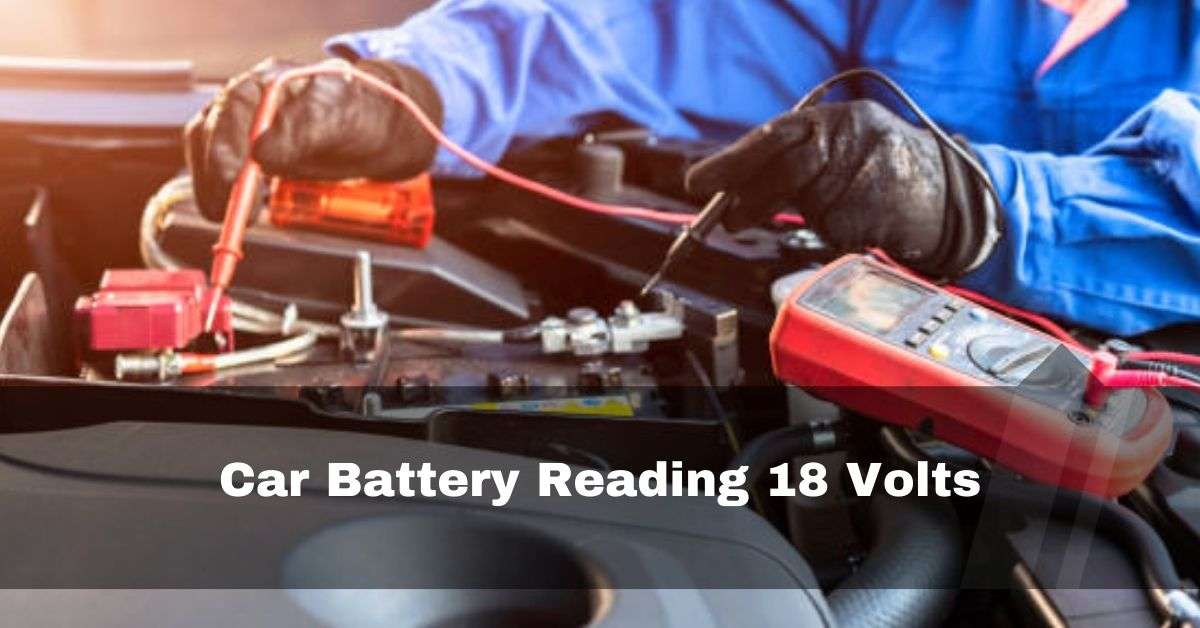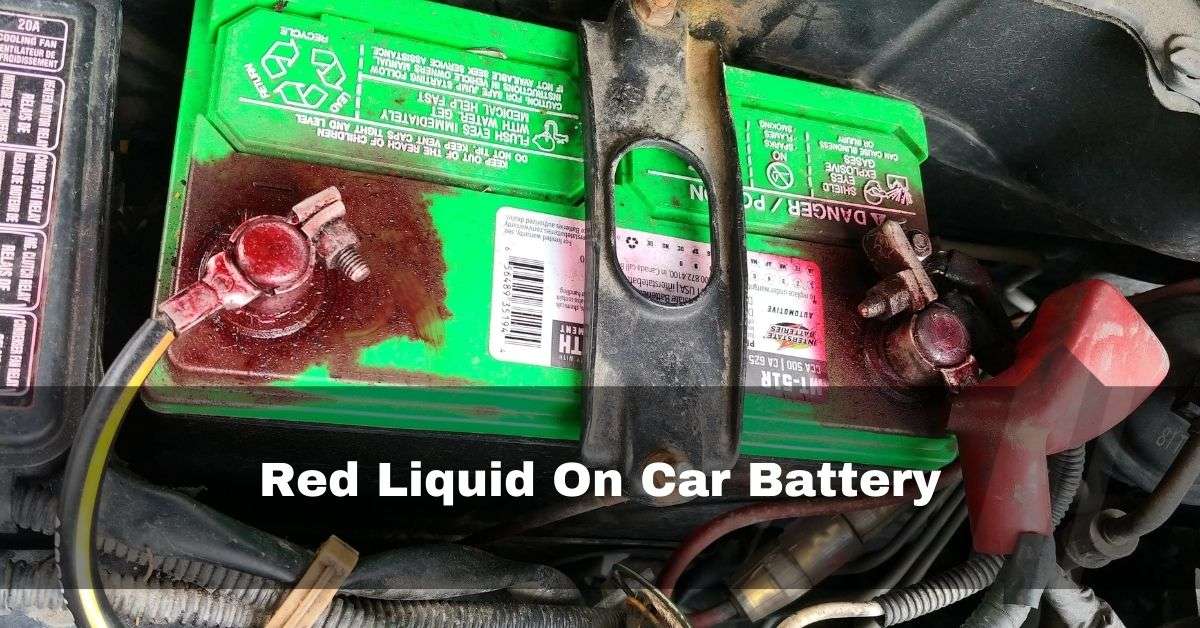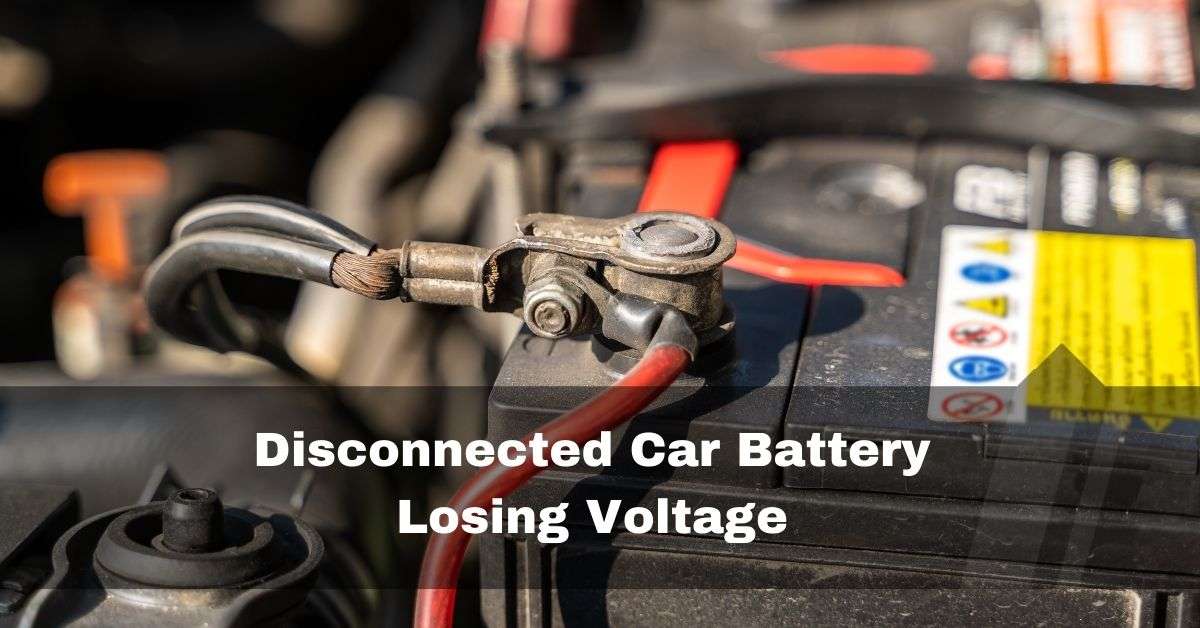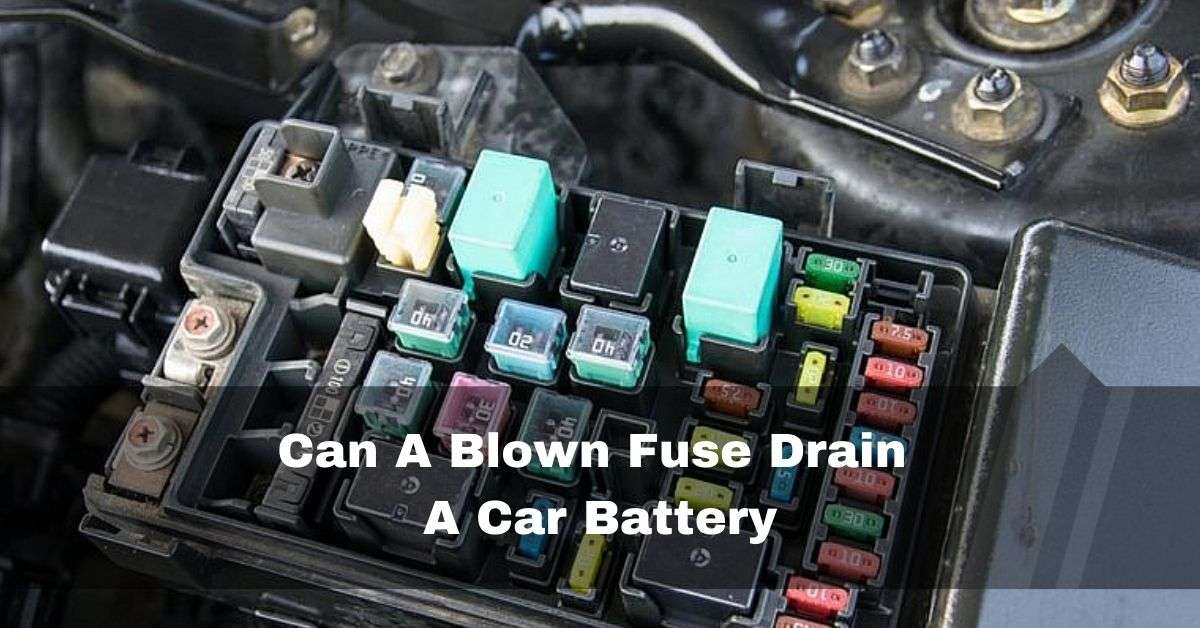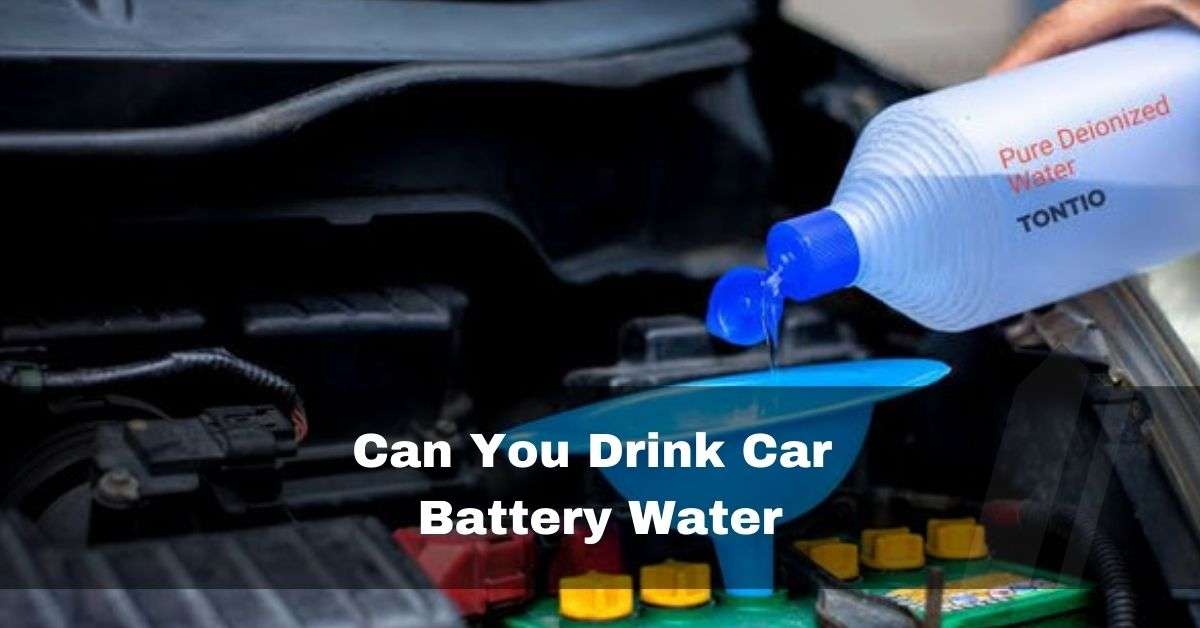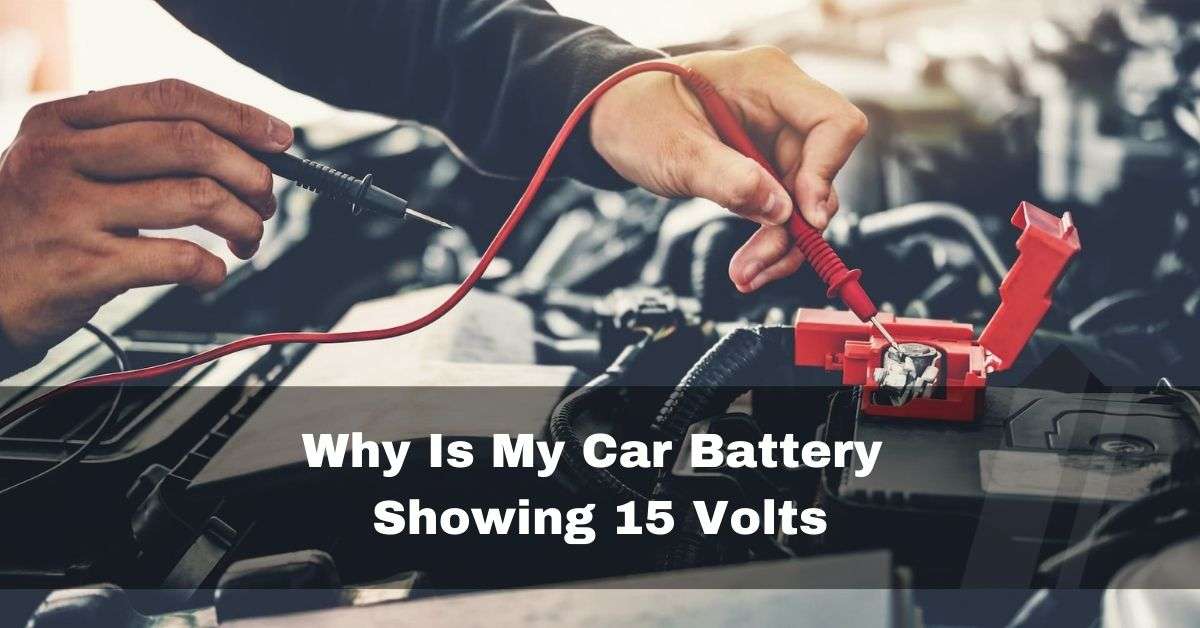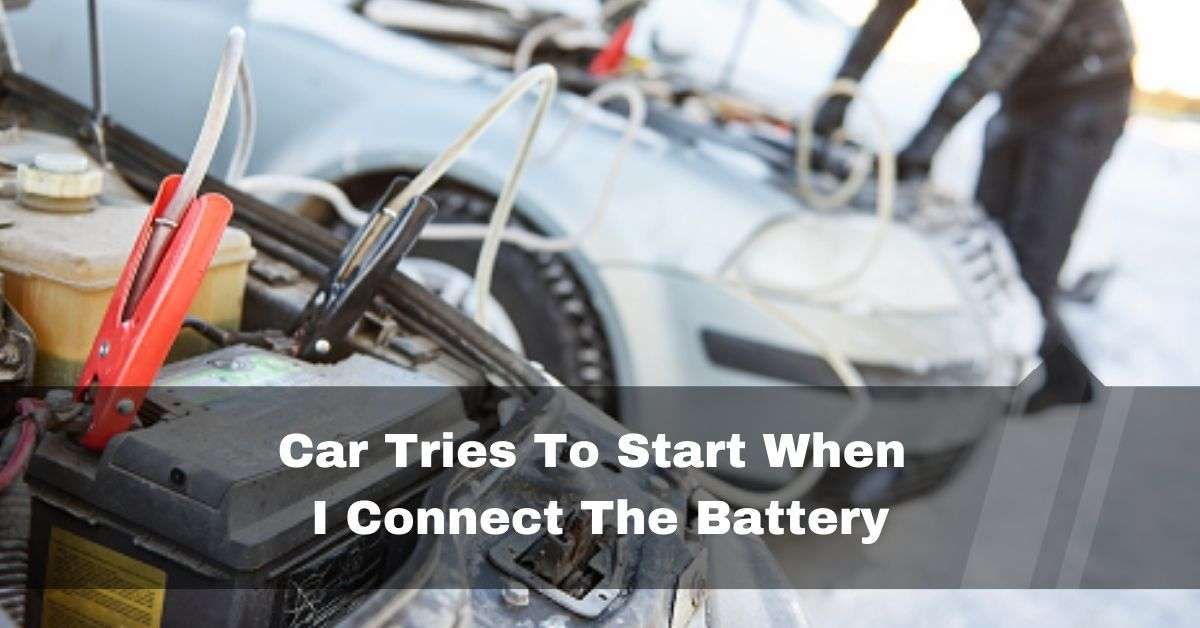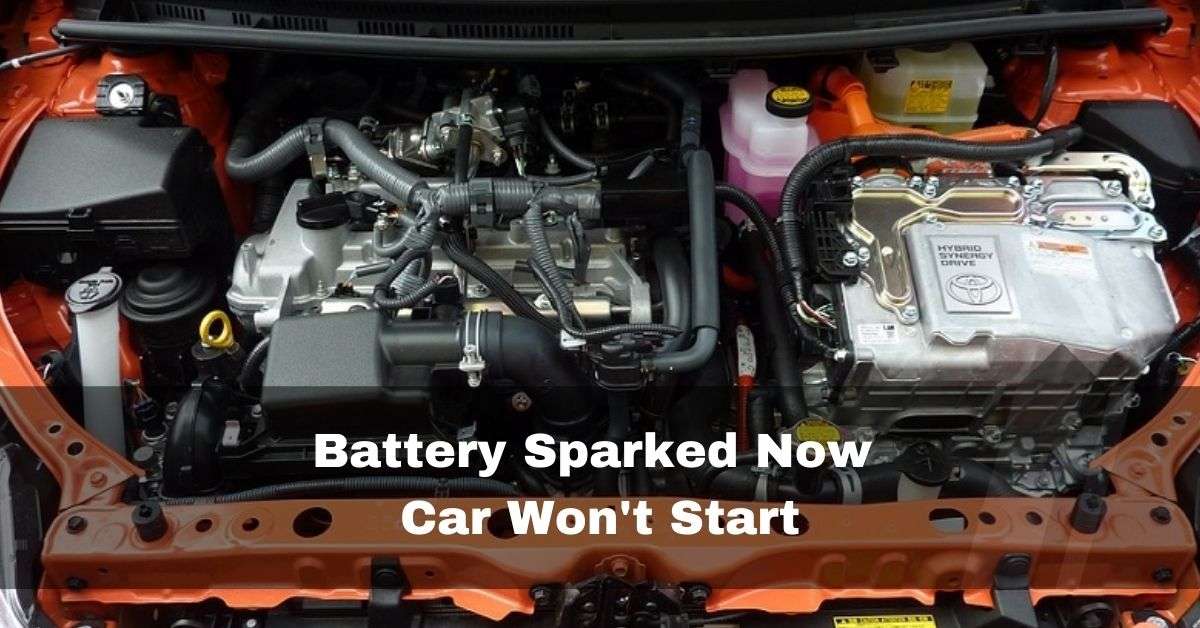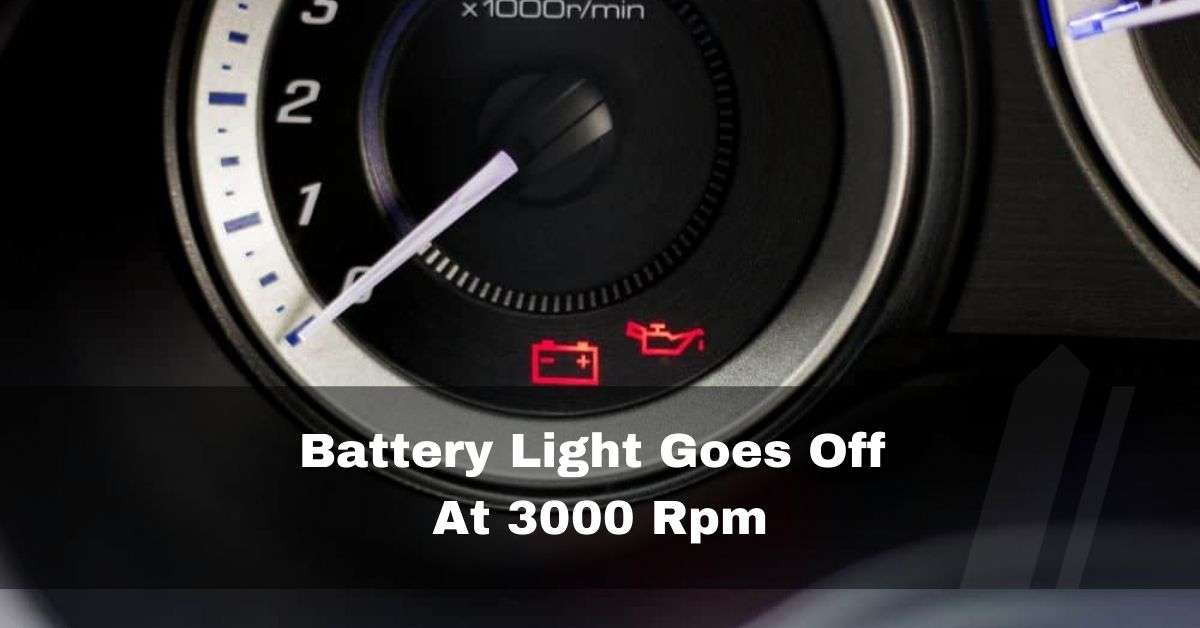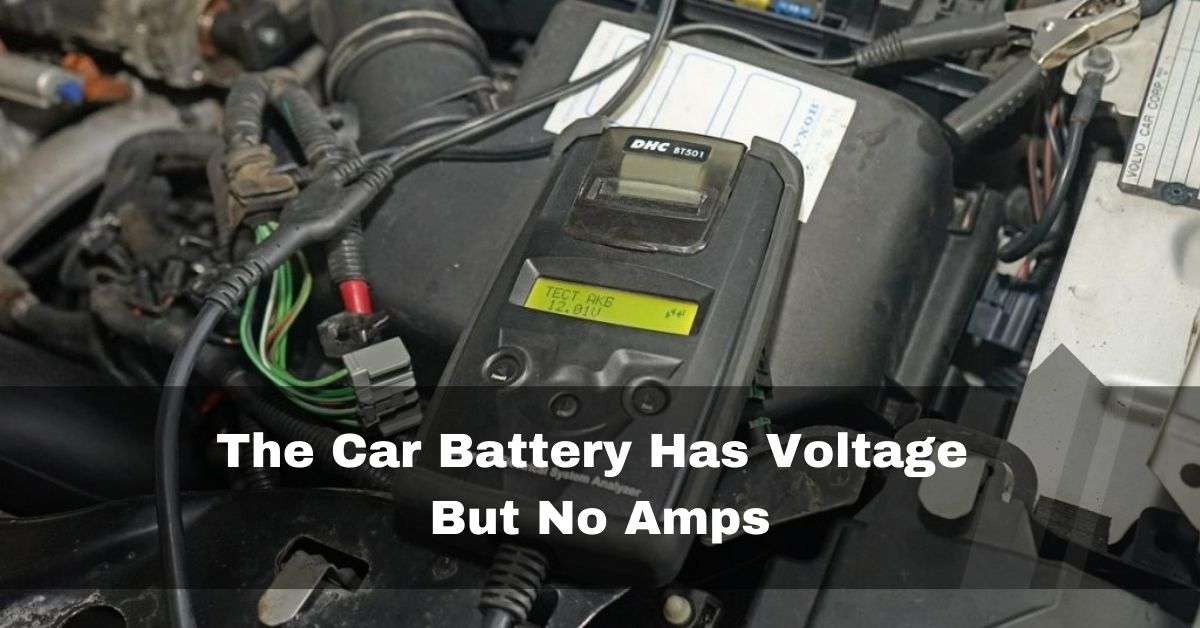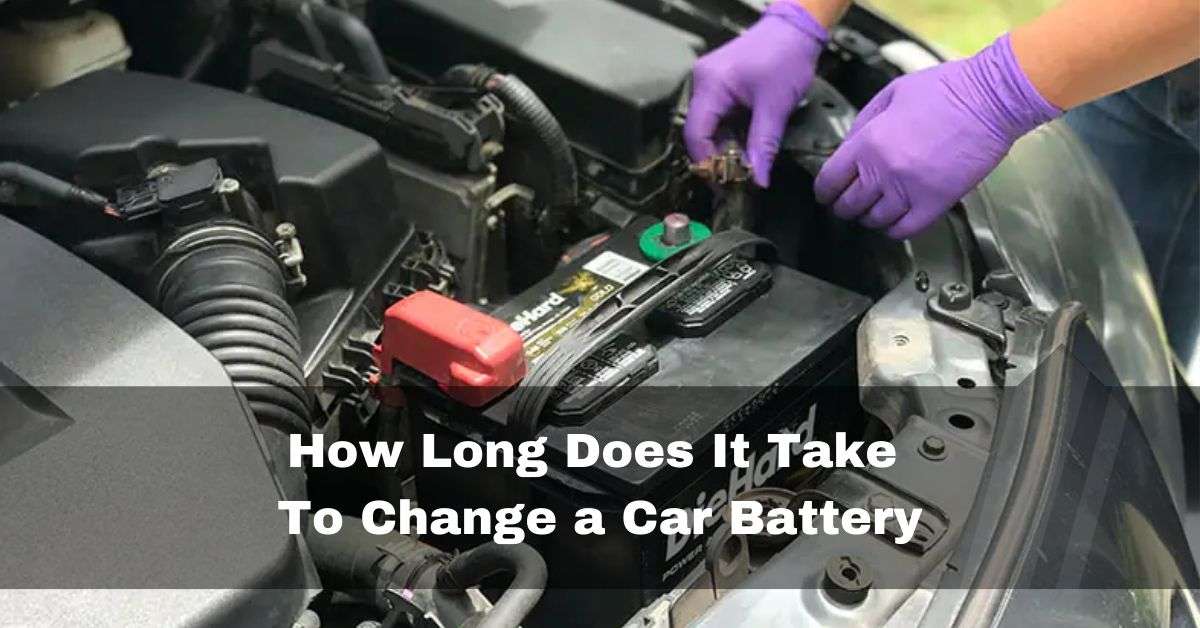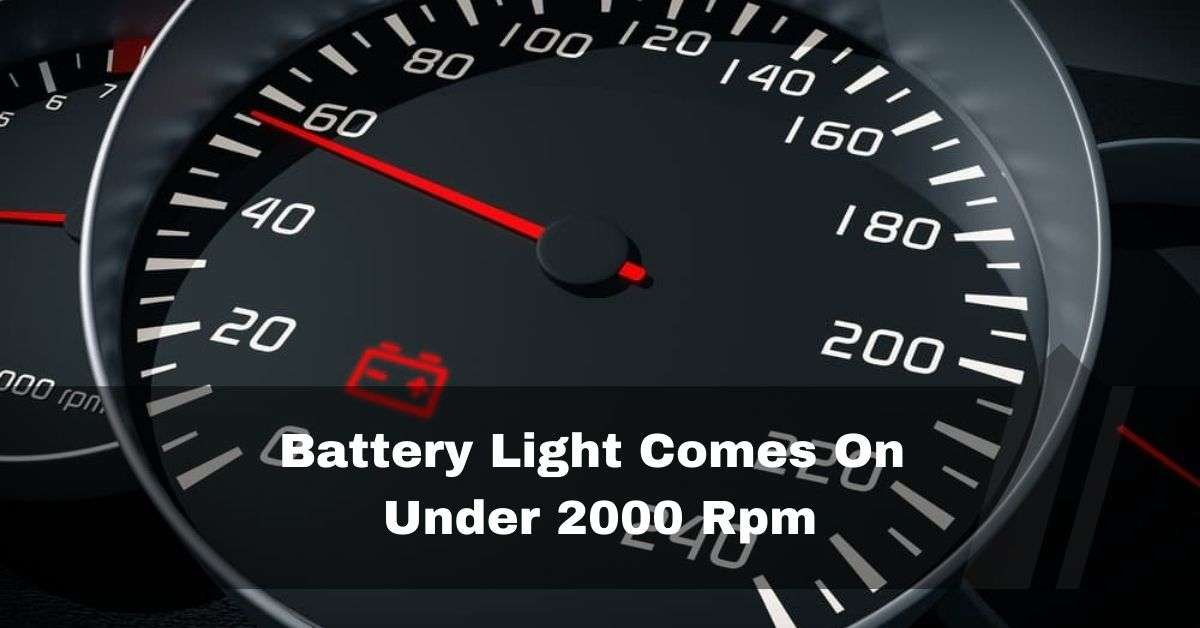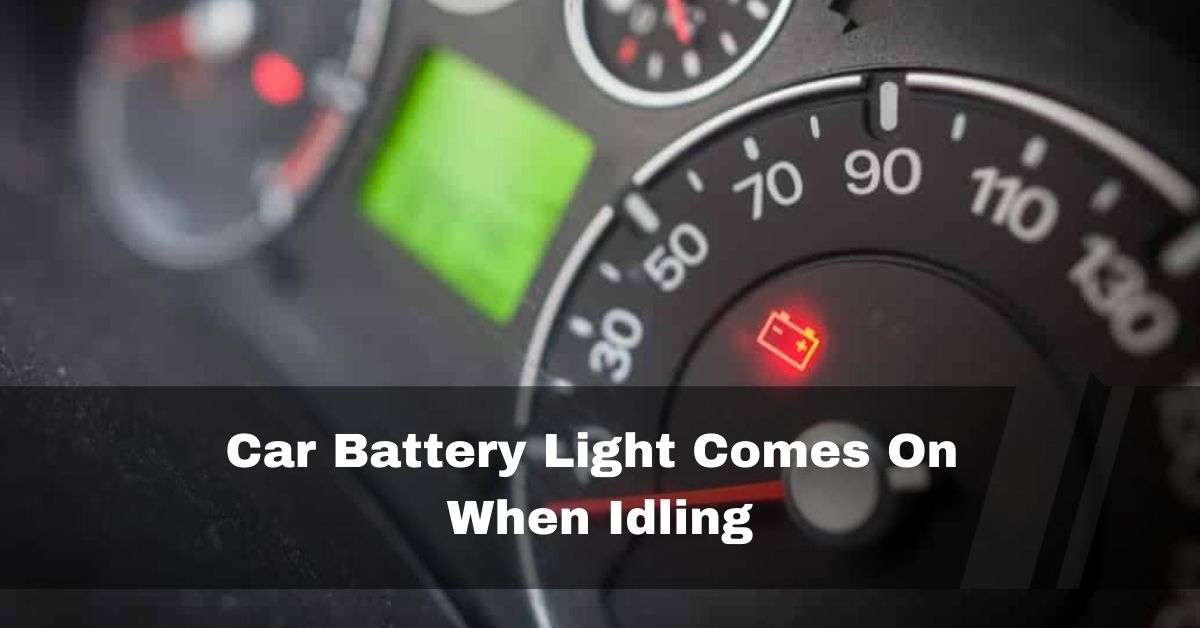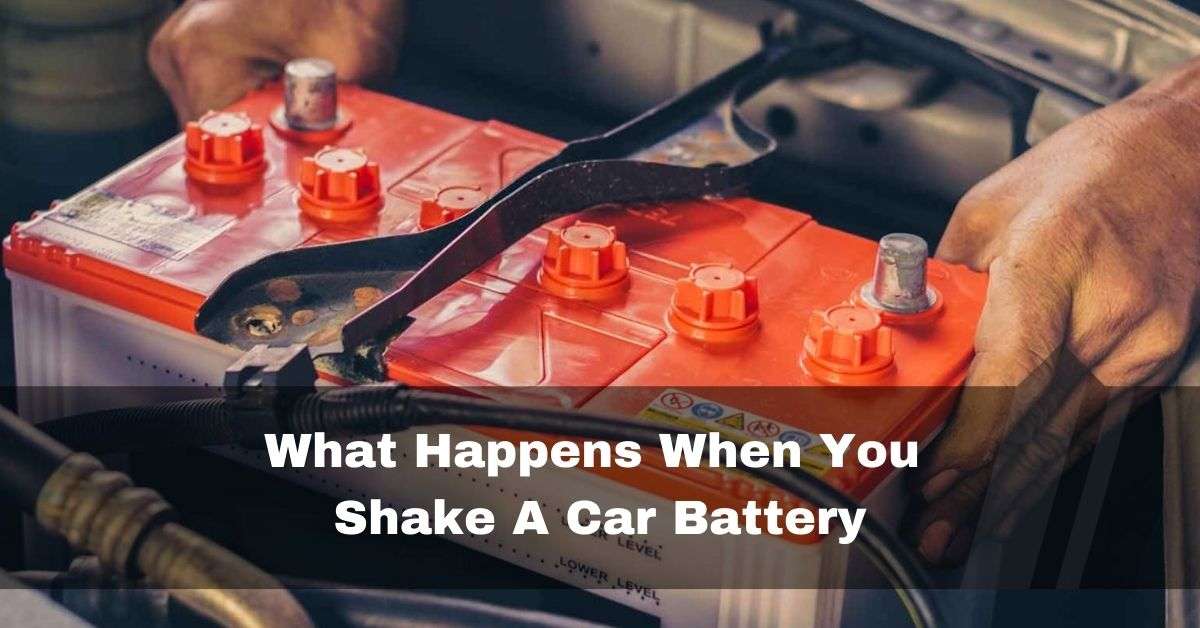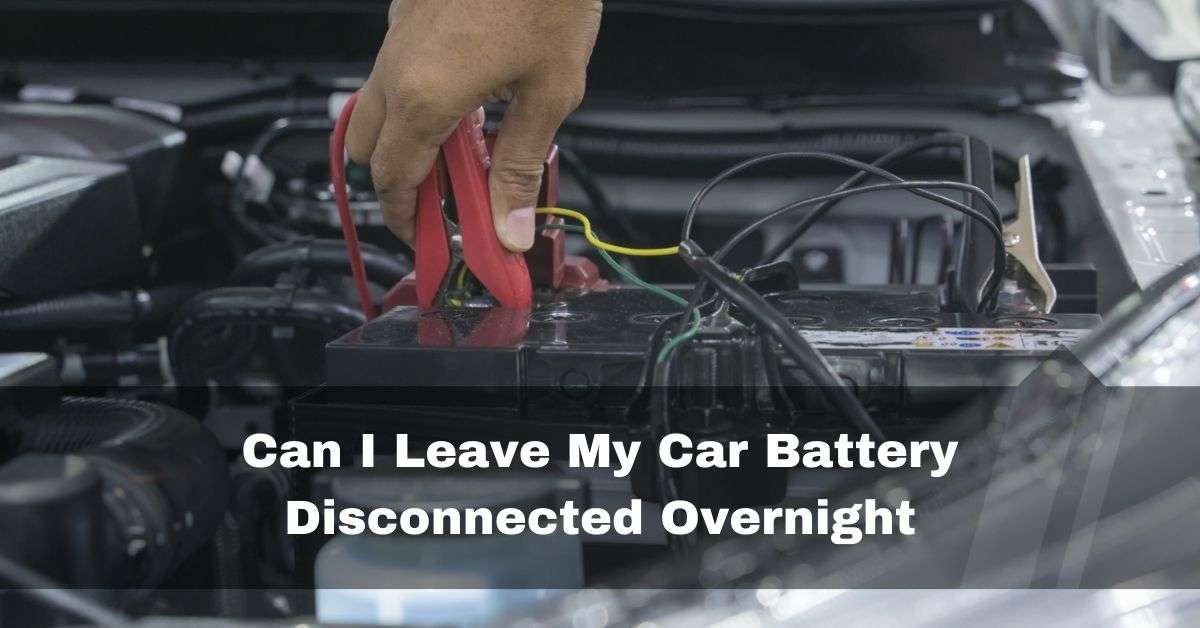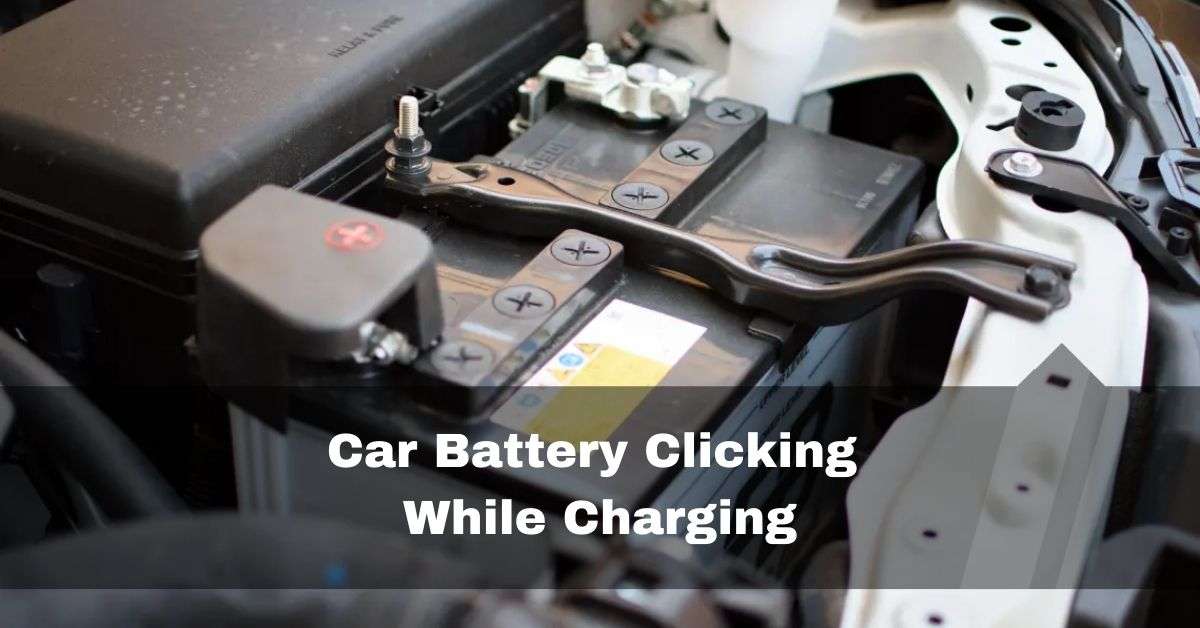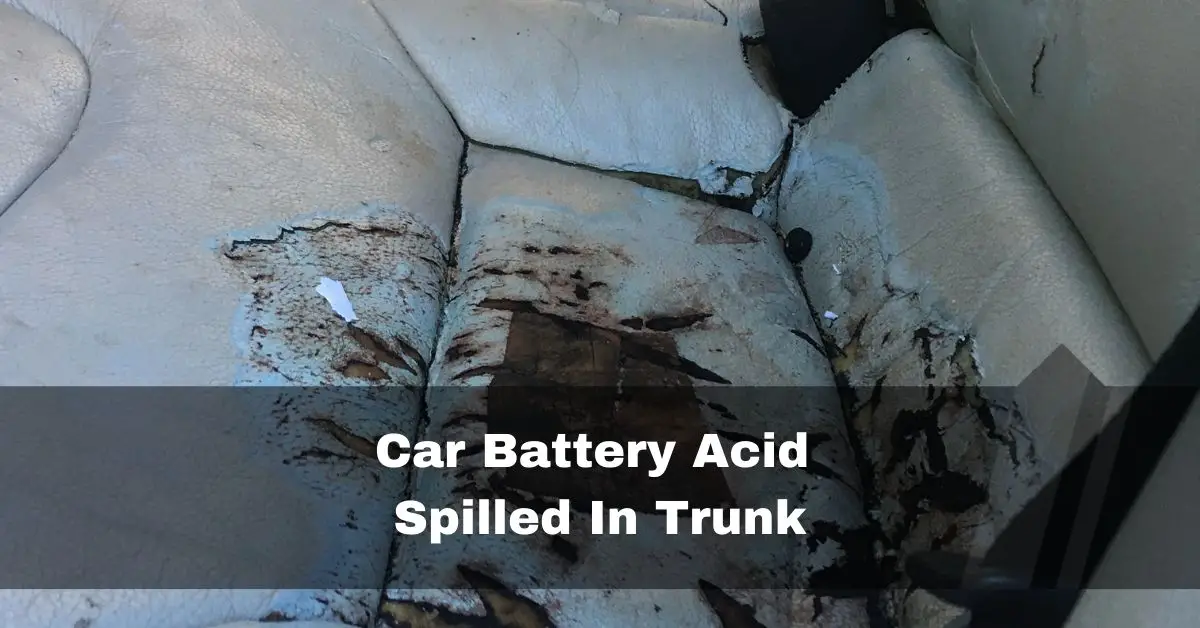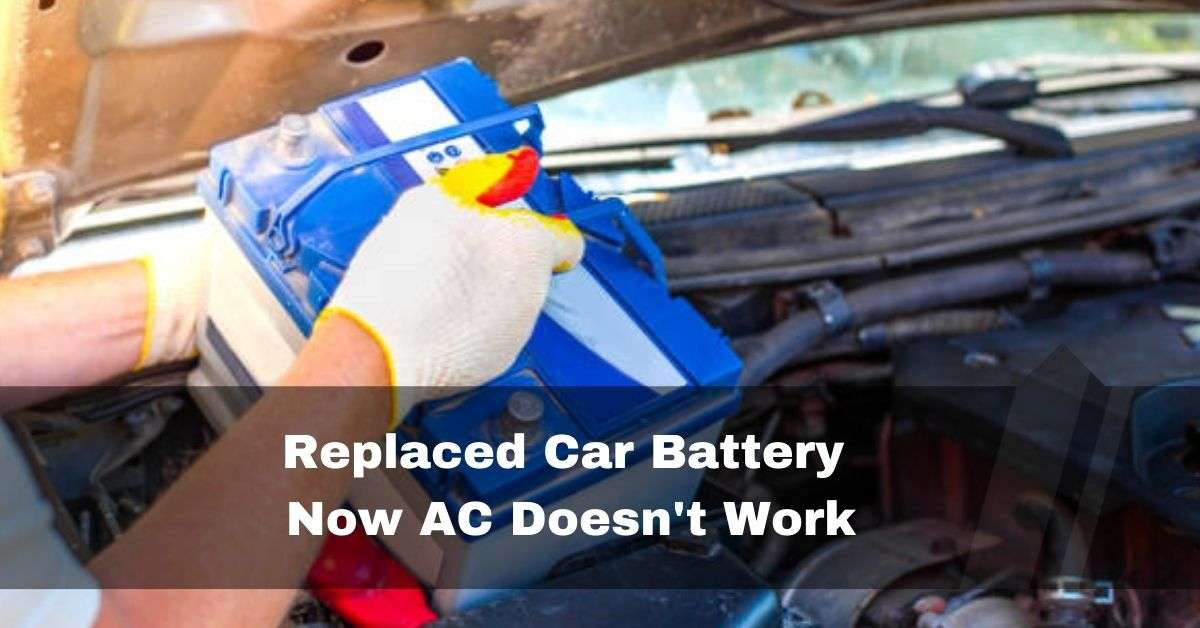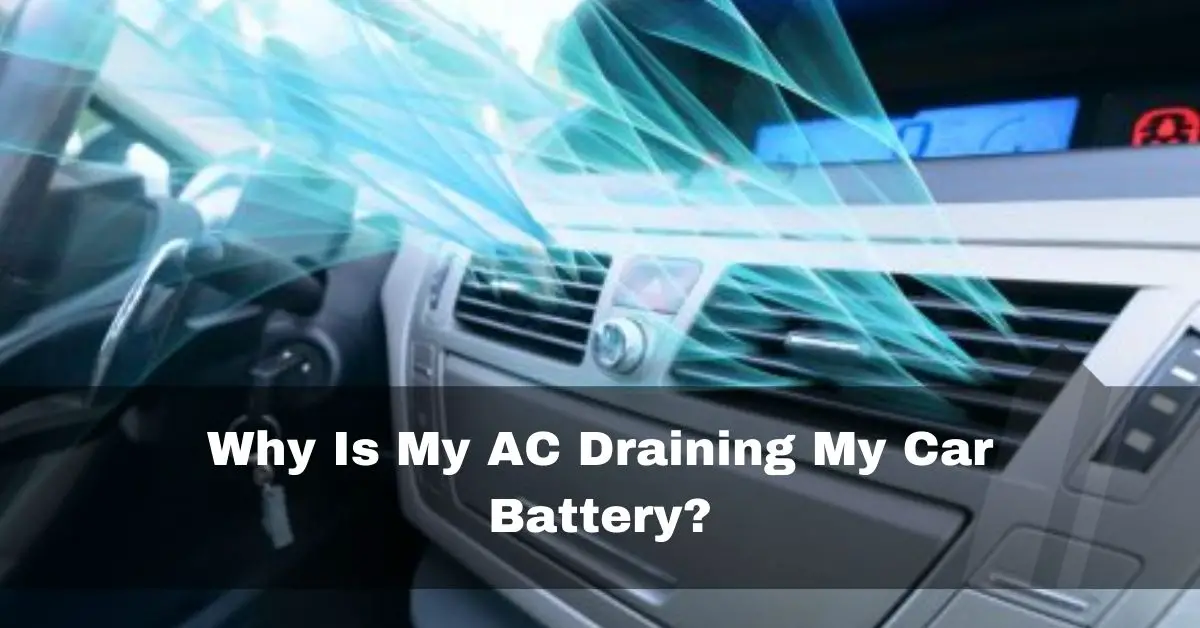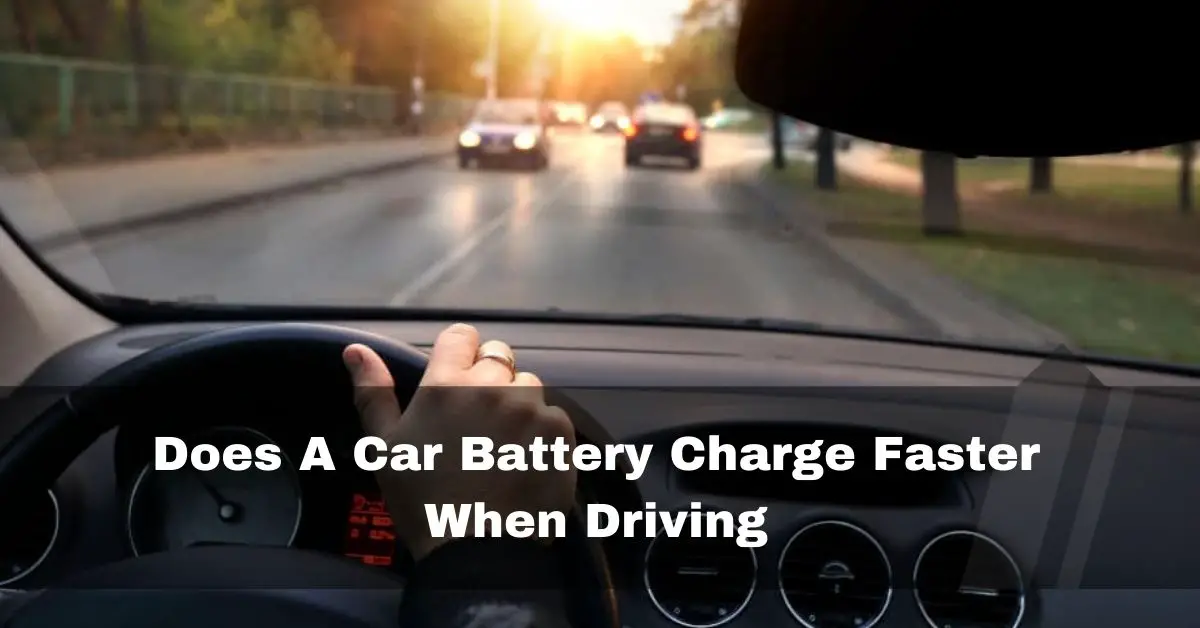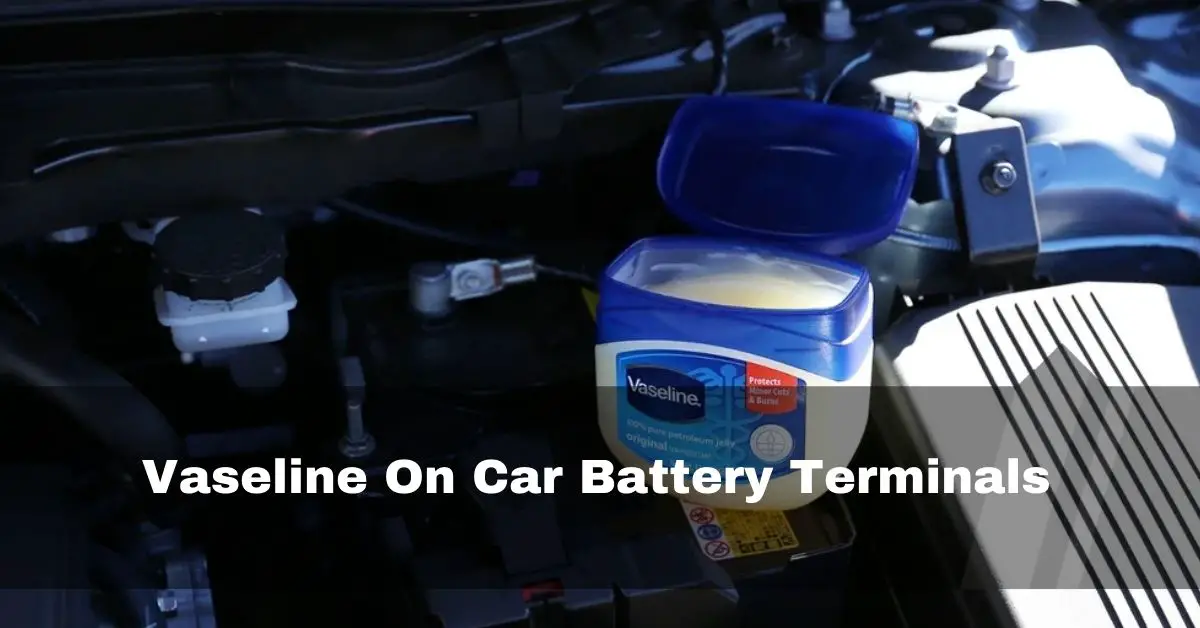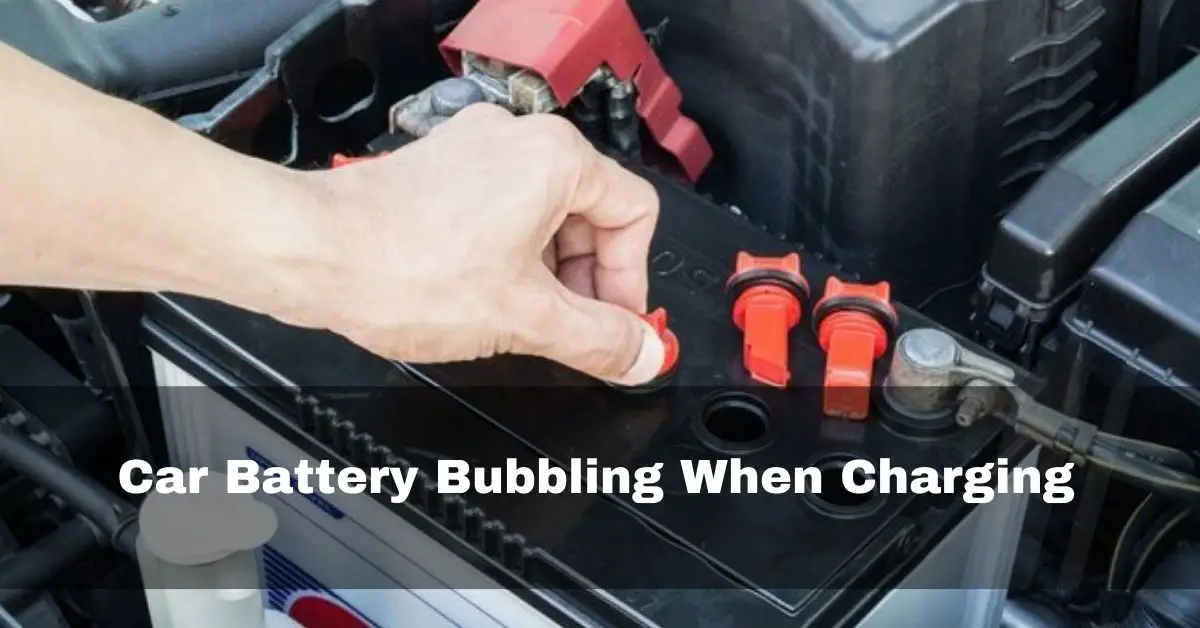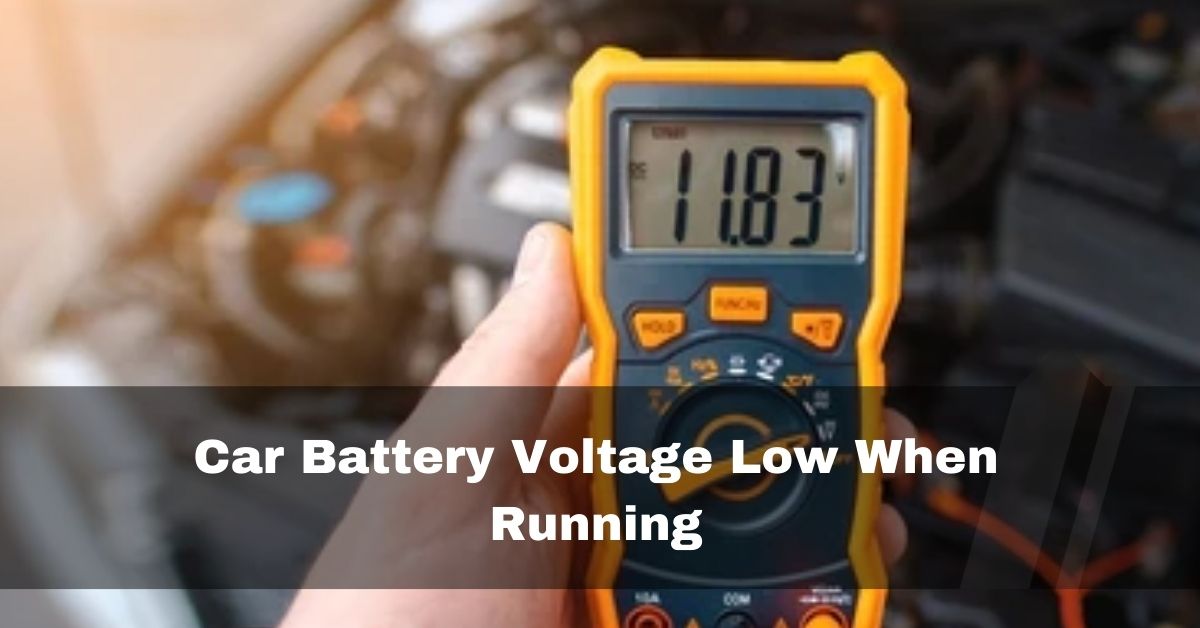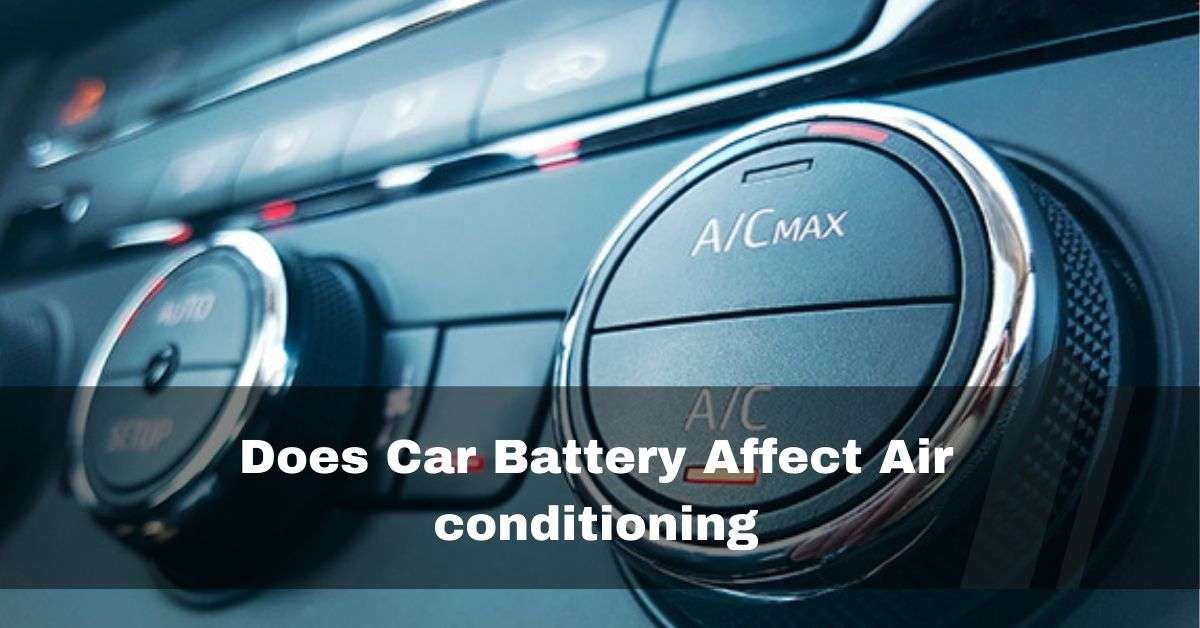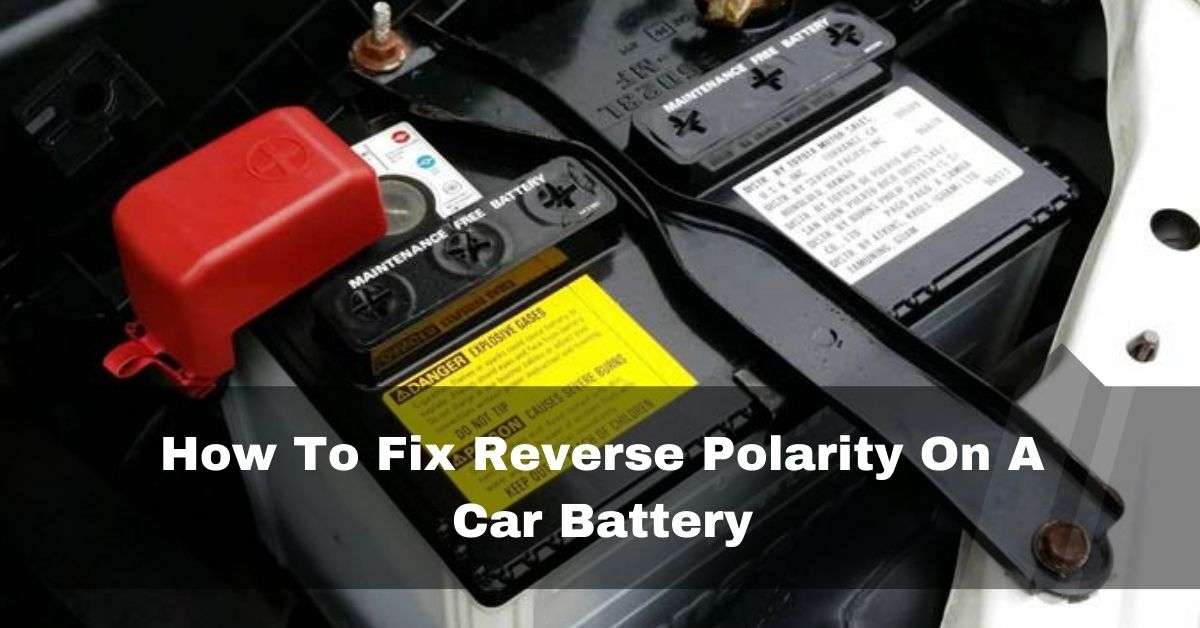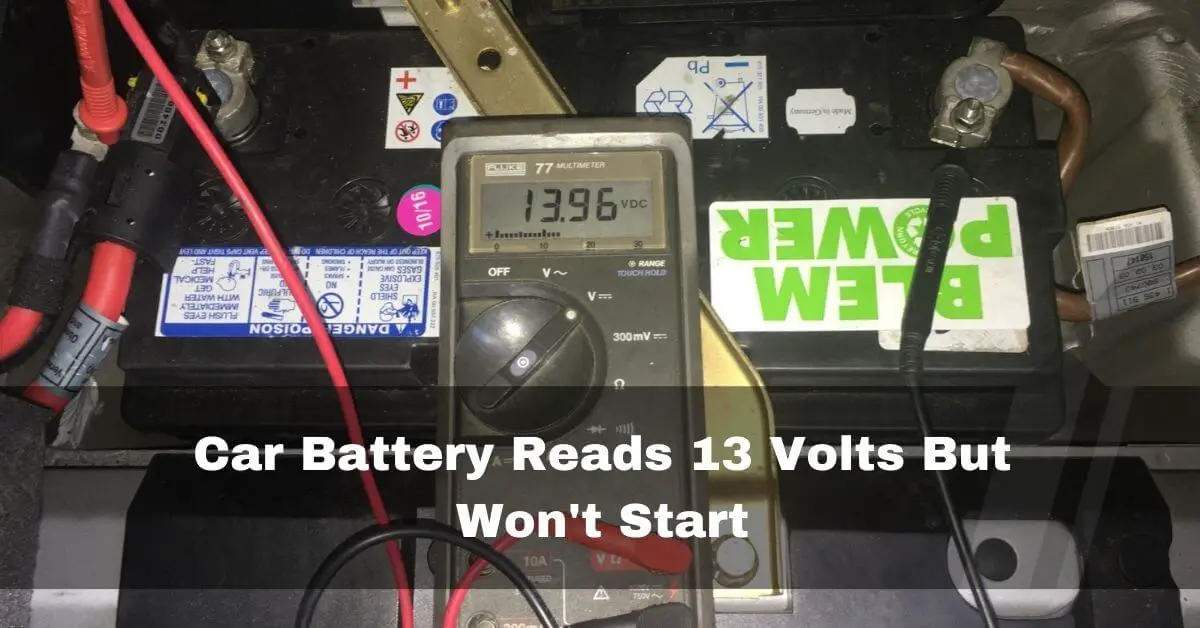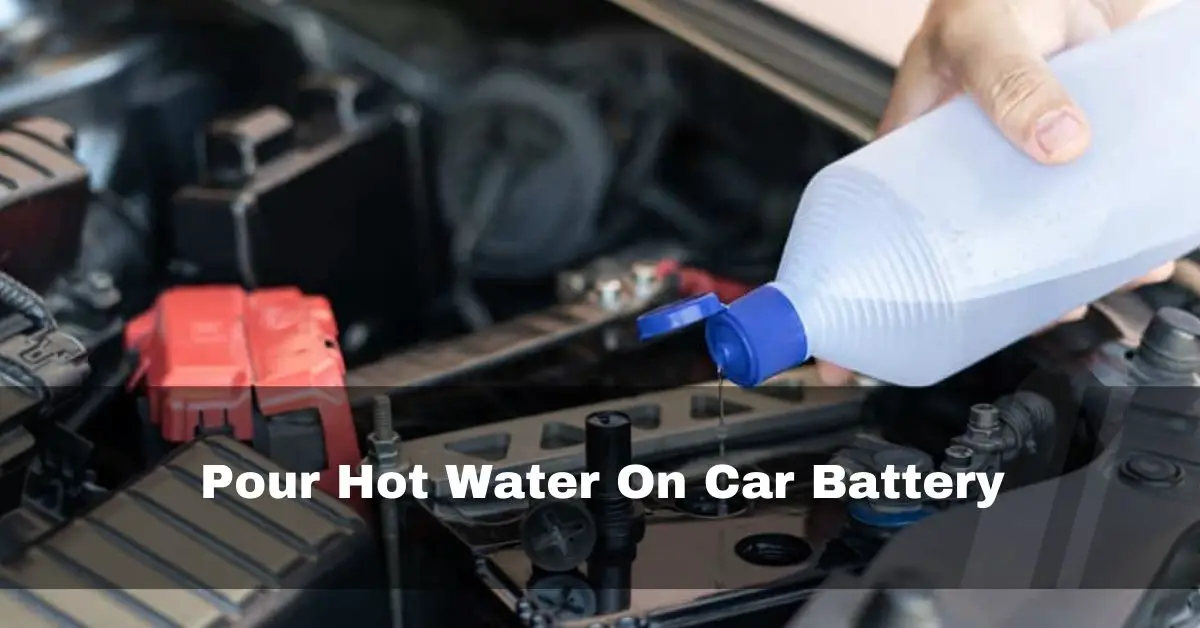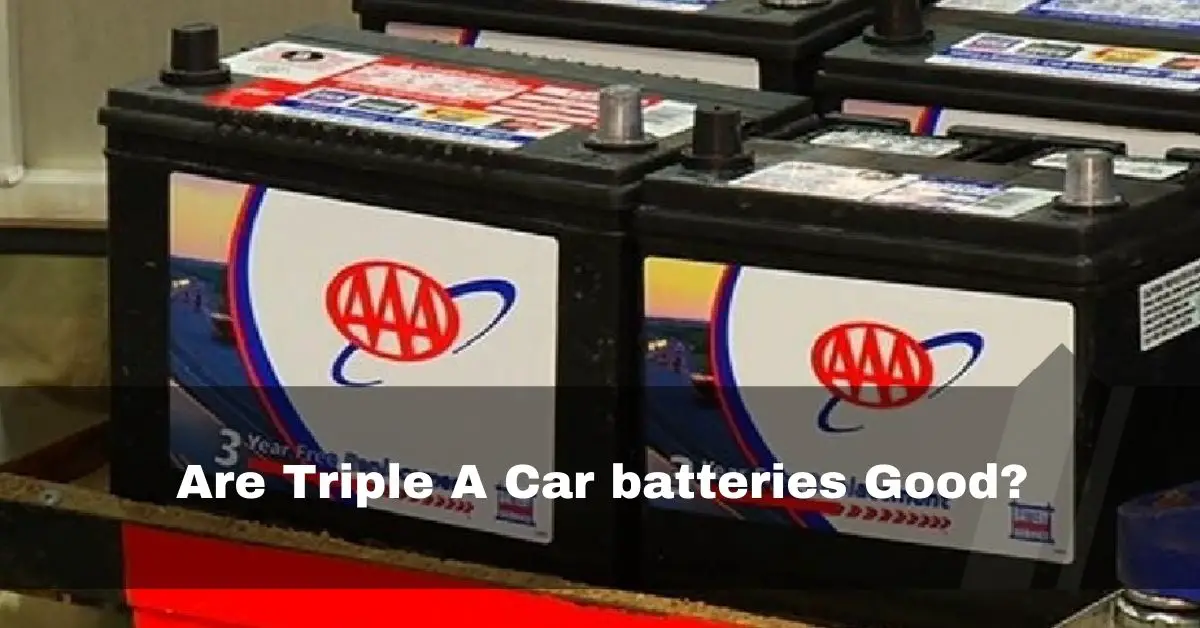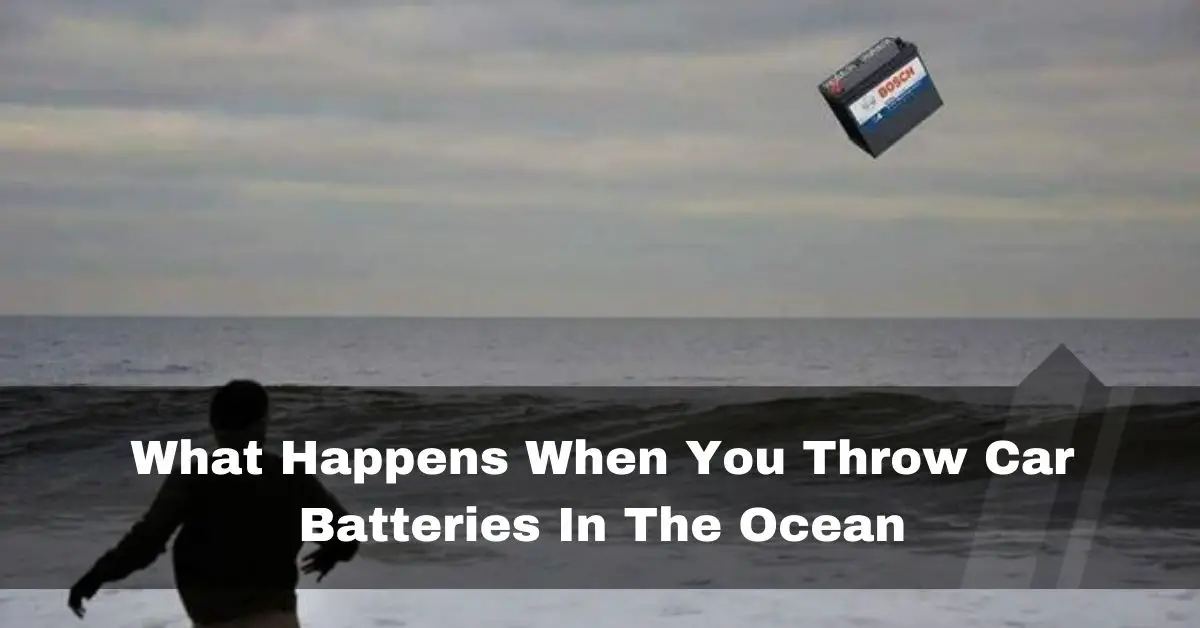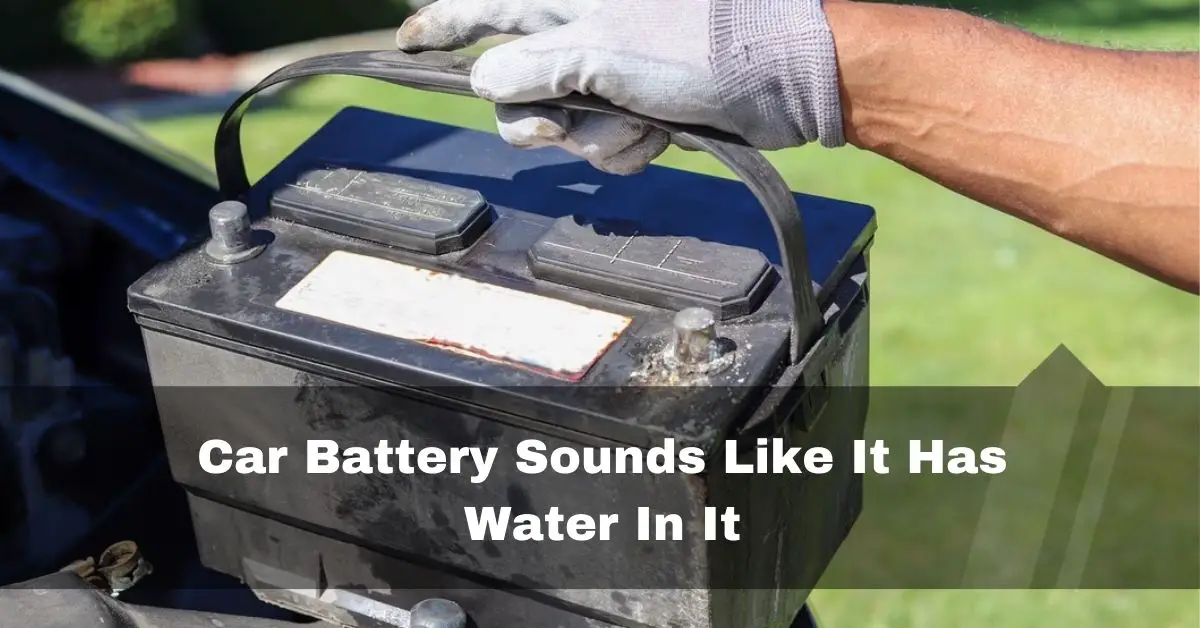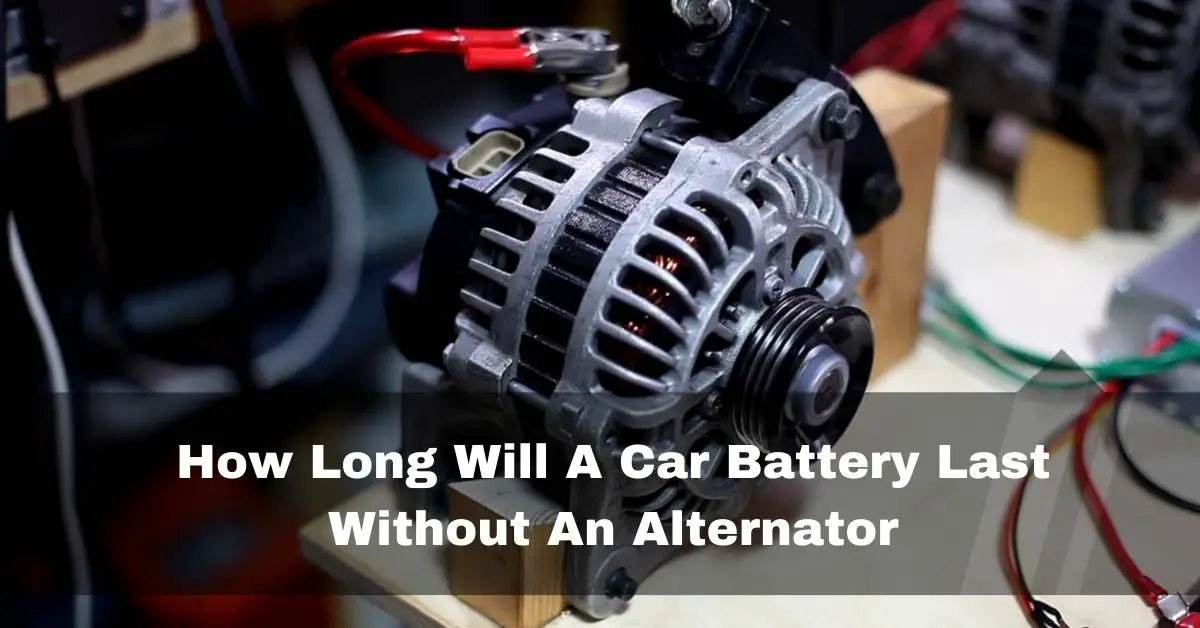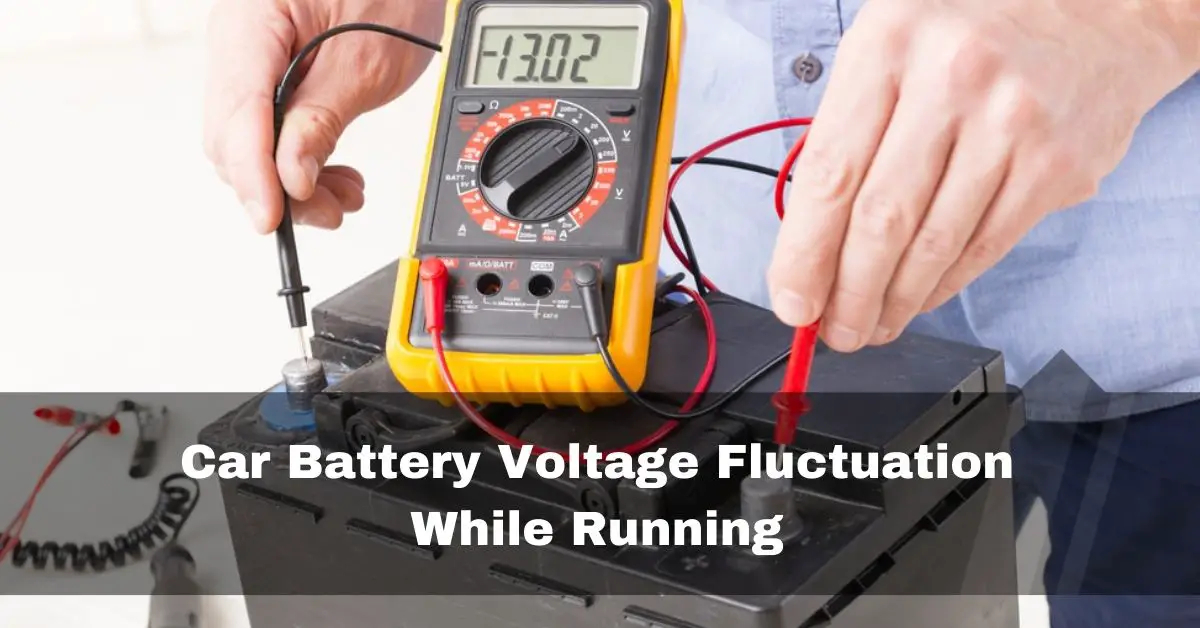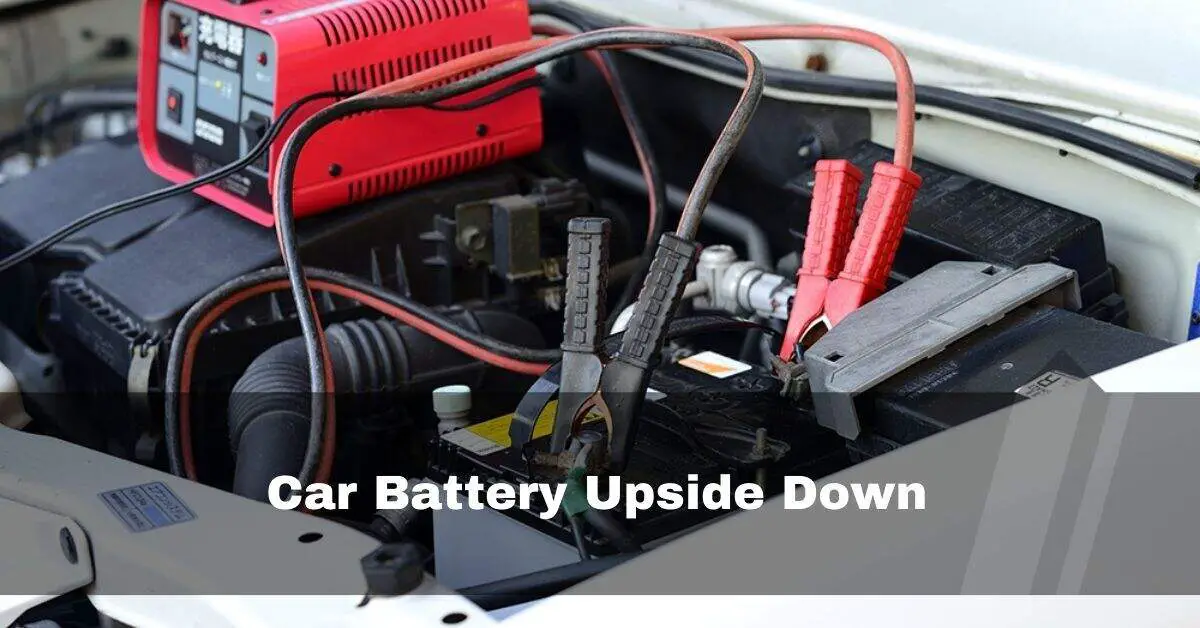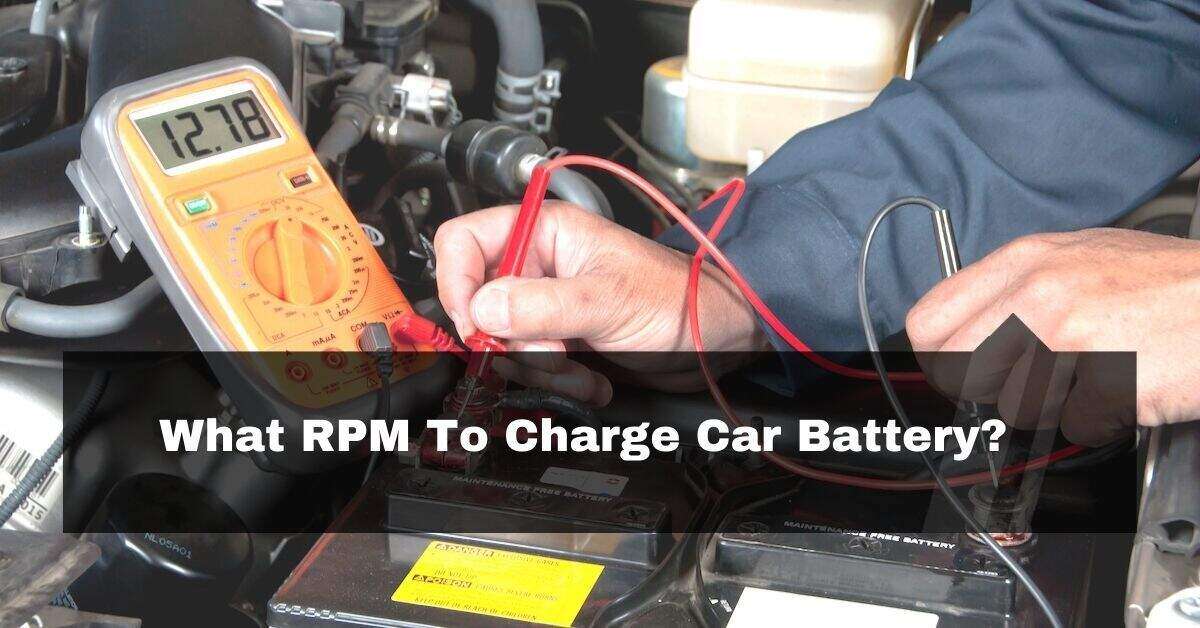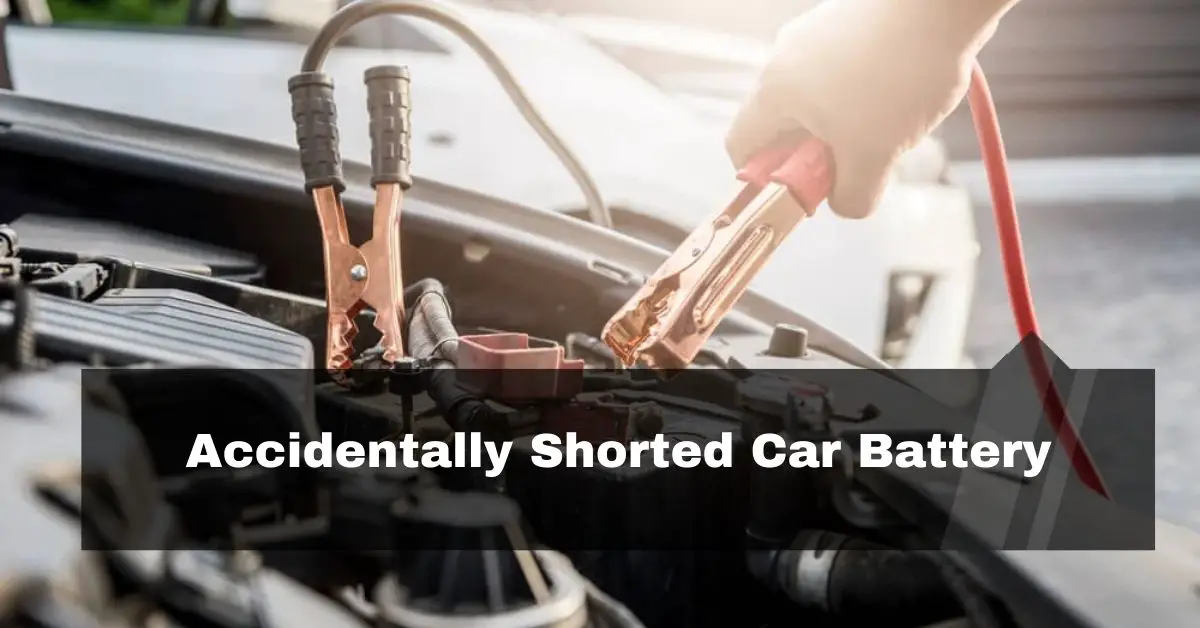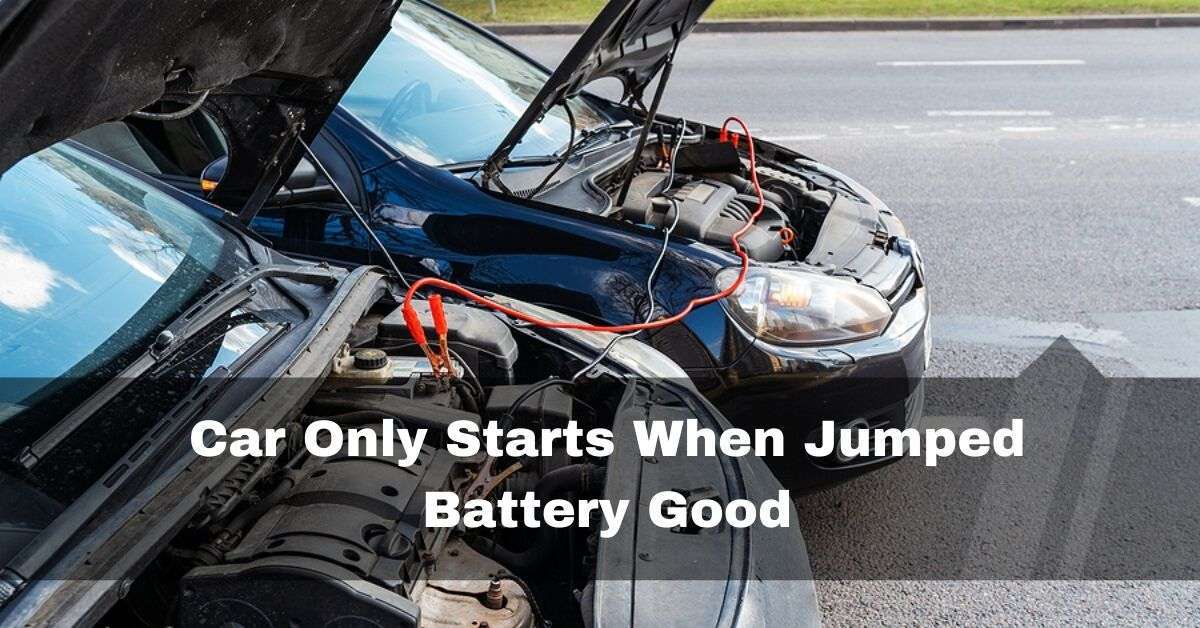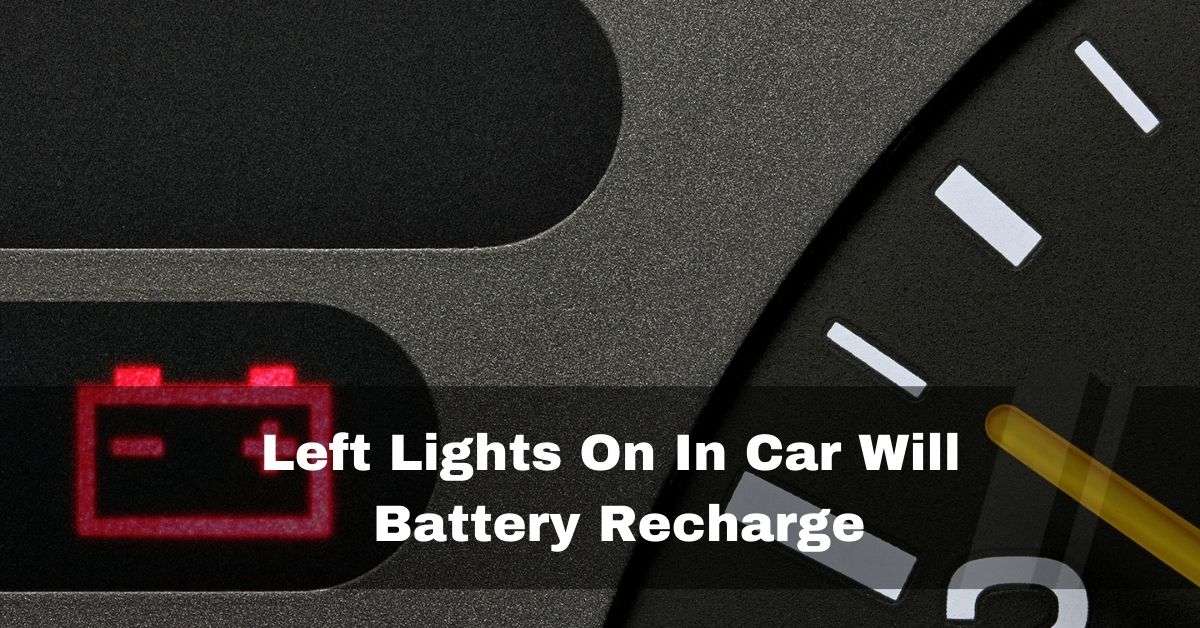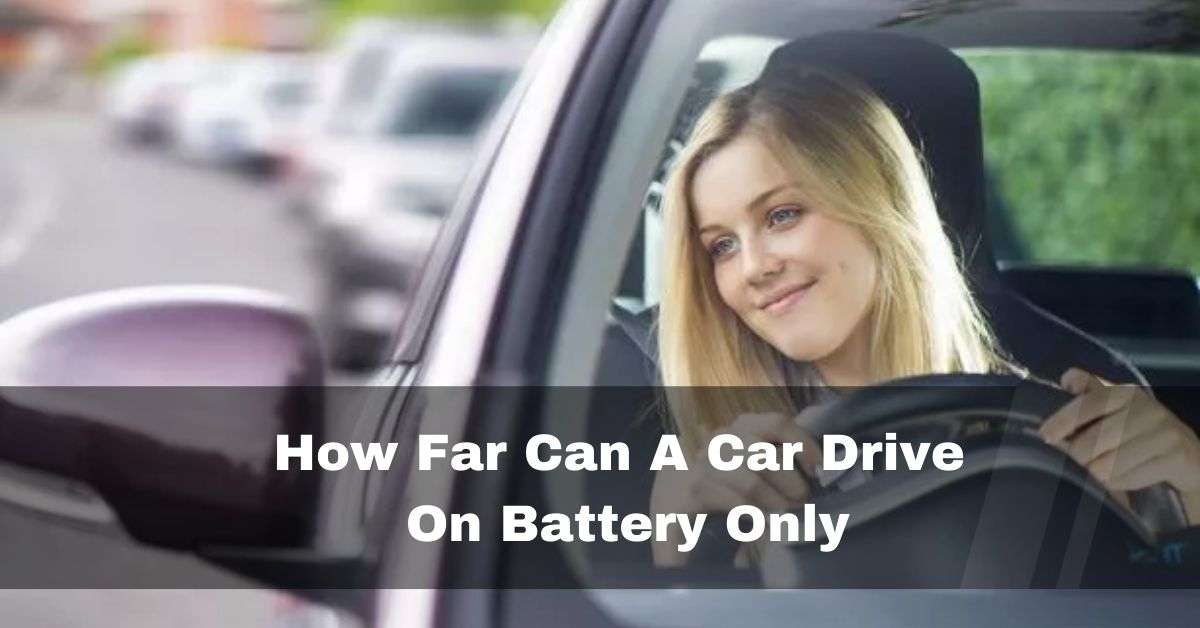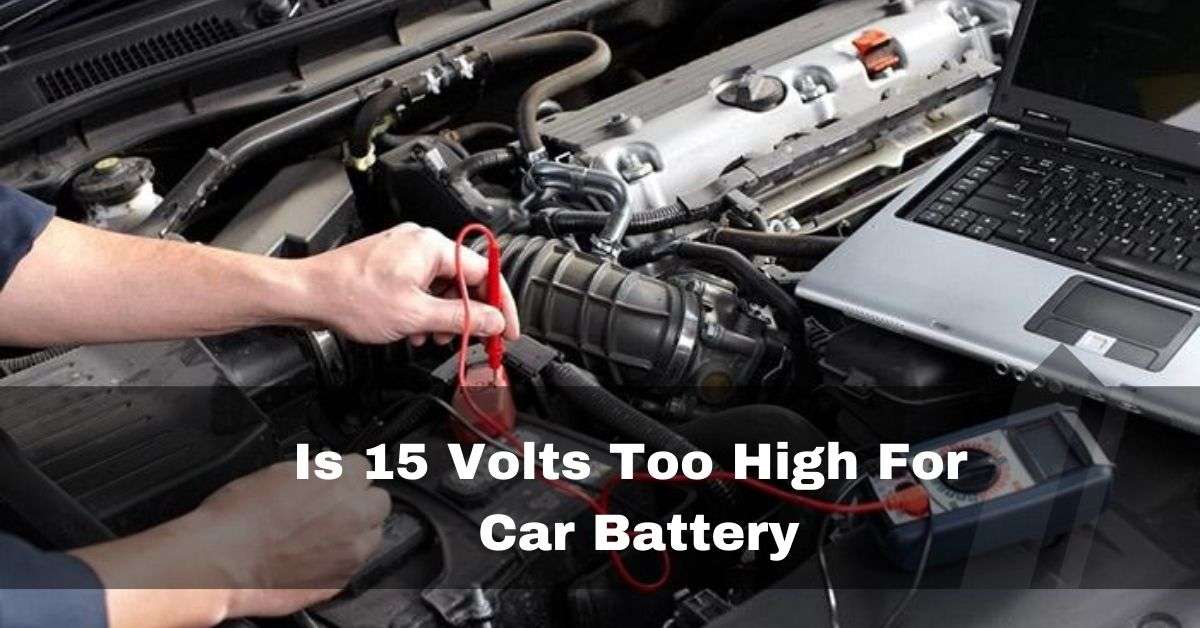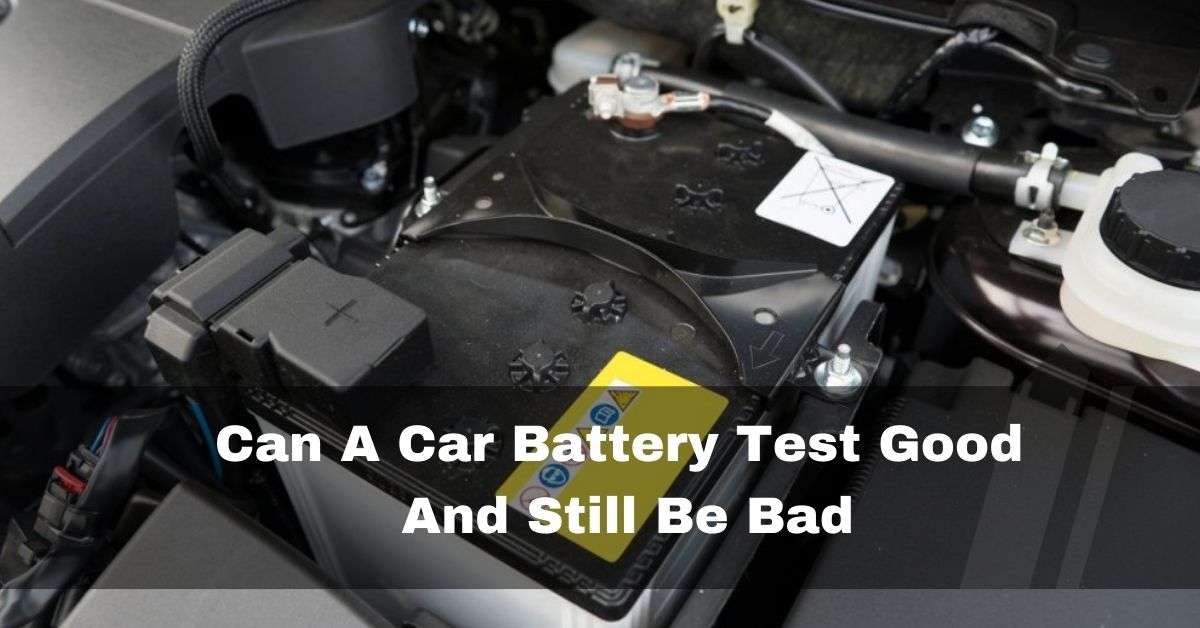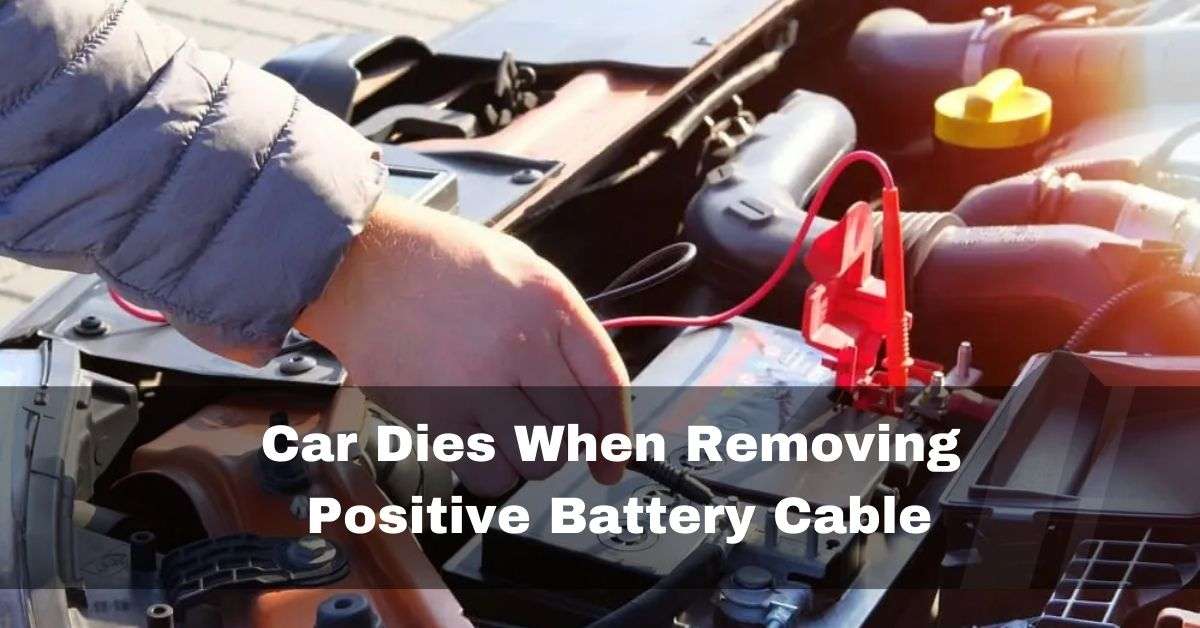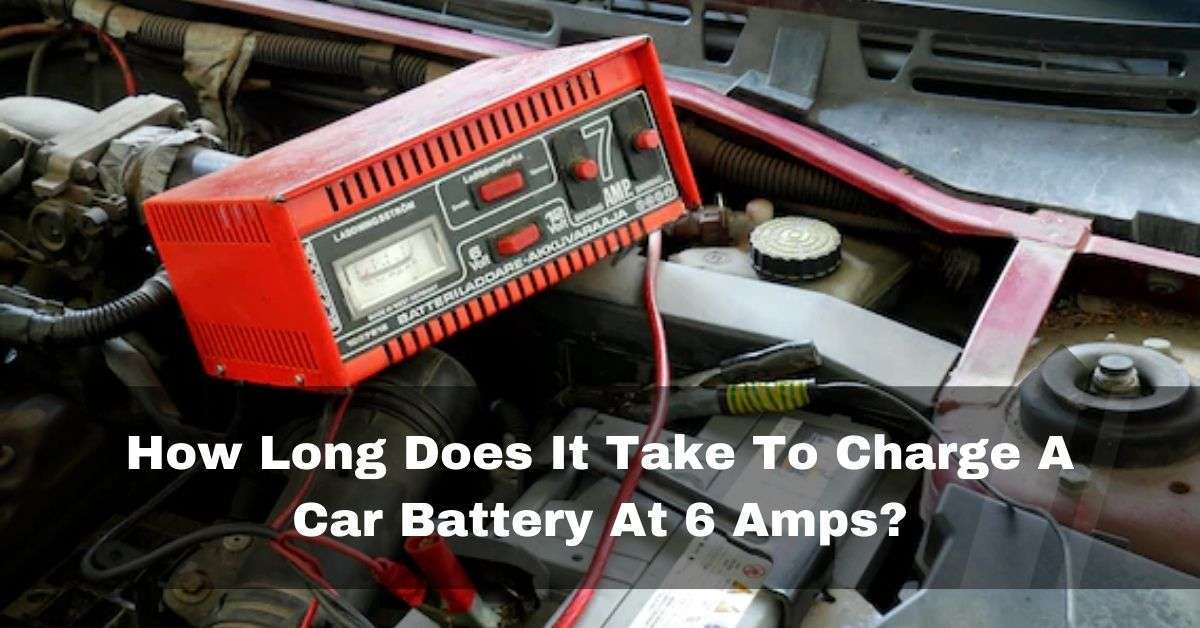Adding water to a battery is crucial for its performance, but it’s essential to use the right type of water. The quality of water directly affects how effectively the battery operates.
Can You Put Bottled Water In A Car Battery? NO Bottled water like mineral water will contain salts. These ruin it. Distilled water is the optimum. If you need to make some, take a steel water bottle and add a hose to the top of the lid.
In this article, we will discuss which kind of water can be used and when and how to top off the car battery with water.
Table of Contents
What Kind Of Bottled Water Can Be Used In Batteries?
For optimal battery performance and to avoid damaging battery cells, only use distilled or deionized water in batteries. These types of water are free from minerals and pollutants that can harm the battery. Distilled water, in particular, lacks minerals like calcium and iron, making it the best choice for extending battery life. Tap water, which contains minerals and chemicals, can damage batteries and should be avoided.

Still Water For Battery:
Avoid using tap water in your battery as it contains minerals that can harm it. Stick to distilled water for safe maintenance. For precise filling, use a small plastic measuring cup. Be cautious not to overfill the battery.
Also Read: What Happens When You Shake A Car Battery
Can You Put Spring Water In A Battery?
While it’s technically possible to use tap water, I advise against it. Tap water contains an excess of minerals that can harm the battery over time. Opt for distilled water instead; it’s inexpensive and readily available at supermarkets and automotive shops.
Can I Use Bottled Water To Top Off My Battery?
Distilled water should be used; bottled water is generally free of any substances that would harm a car battery.
Tap water, with its mineral content, can also harm the battery if used as a replacement. Therefore, it’s best to stick to distilled or demineralized water specifically designed for automobile batteries. Remember, bottled water intended for drinking should not be used for topping off batteries.
Can I Use Tap Water To Top Off My Battery?
Filling Car Battery With Tap Water? Tap water can harm lead-acid batteries due to contaminants like chlorides and chemicals, which can hinder chemical reactions and lead to sulfation, reducing power output and battery life. This applies to bottled water too, including spring or filtered water.

Can We Use Mineral Water In Battery?
Using mineral water in batteries is not recommended. Bottled water, such as mineral water, contains salts that can damage the battery. Opt for distilled water instead, as it is the best choice. If needed, you can create distilled water by using a steel water bottle with a hose attached to the top of the lid.
Also Read: Battery Light Comes On Under 2000 Rpm
How To Check If My Battery Needs Water?
When Should You Add Water To A Battery? To check if your battery needs water:
- Ensure the battery is fully charged.
- Remove the vent caps from each cell.
- Check the electrolyte levels:
- Low level: Lead plates are exposed; add water.
- Normal level: Lead plates are covered; no need to add water.
- Maximum level: Lead plates are fully submerged; do not add water. By following these steps, you can accurately determine if your lead-acid battery requires water.

The Correct Time To Add Water To A Battery Is? Always add water to the battery after it has been fully charged. Before charging, ensure there is enough water to cover the plates. If the battery has been discharged, make sure the water level is above the plates.
How To Top Off The Water In Your Battery?
It is now time to refill your battery after checking the fluid levels. To keep your battery supplied, you must be cautious when replenishing it. Overfilling your battery might harm it just as much as submerging it.
1. Start With The Charged Battery:
Before adding water to your battery, ensure it’s fully charged to prevent safety risks and potential damage. Adding water to an undercharged battery can lead to power leakage, posing safety hazards and harming the battery and other car components.

Additionally, water in a low-charge battery may destabilize the electrolyte, causing cell damage and corrosion.
2. Check The Plates For Build Up:
Next, check to see if the battery’s plates have accumulated anything. If there is, you must clean the batteries first with a baking soda and distilled water solution before adding water.
When your battery is clean and dry, use an insulated screwdriver or wrench to pry off the plastic caps covering the battery cells.
3. Add Water To Your Car Battery:
Pour distilled or deionized water into each cell using a funnel gradually until it reaches the appropriate spot on the water level indicator.

Before utilizing your battery for anything crucial, be careful to replace any caps that were taken off during this procedure. By adhering to these easy instructions, You can easily ensure that your lead acid battery always remains hydrated and ready for use.
How Much Water Do You Put In A Battery?
Before charging, ensure the water level covers all exposed plates. After charging, add enough water to fill the vent at the bottom, located 3/4 inch below the top of the cell. For wet-cell batteries, position the water level 1/8 to 1/4 inch below the fill tube entrance. Use distilled water to fill any low-level gaps. Clean any acid spills with a wet paper towel. Avoid holding the hydrometer at an angle when testing water. Regular maintenance can reduce cleaning frequency.

Also Read: Car Battery Dies After Getting Gas
Will Purified Water Work In A Battery?
Purified water can be used in a battery, but it may not be as effective as distilled water. Batteries can be adversely affected by impurities present in purified water, potentially rendering them useless. Sodium found in softened water is not ideal for batteries.
Can I Use Purified Water Instead Of Distilled In My Battery? Water that has been purified of dissolved minerals and salts through a process called deionization is recognized as the best choice for maintaining lead-acid batteries. Deionization eliminates more impurities from water than distillation or conventional filters.

Distilled water is the best choice for battery performance. Look for reverse osmosis purified water if distilled water is unavailable. Avoid using drinking water with mineral deposits. Rainwater can be collected for use in batteries after allowing it to settle and using clean materials for collection.
Related Questions:
1. What Can I Substitute For Distilled Water In A Battery?
For emergency use, rainwater or tap water can be used in a battery, but tap water may lead to clogged plates and require replacement over time.
2. What Kind Of Water Can You Put In A Battery?
Only distilled water or deionized water should be used in battery maintenance, as tap water may contain impurities.
3. Is Purified Water Ok For A Battery?
Purified water, specifically deionized water, is suitable for battery maintenance as it removes dissolved minerals and salts.
4. What Happens If You Use Non Distilled Water In A Battery?
Using non-distilled water in a battery can compromise the chemical balance and reduce the effectiveness of sulfuric acid over time.
5. What’s The Closest Thing To Distilled Water?
Deionized water is the closest substitute for distilled water, as it has most or all of its dissolved ions removed, making it purer than tap water.
6. Is Bottled Water Distilled?
Bottled water is not distilled; it usually undergoes filtration processes like reverse osmosis. The taste of bottled water brands varies due to added minerals and the water’s source location.
7. How Often Should I Check My Battery Fluid Levels?
There is no universal standard for checking electrolyte levels in lead-acid batteries. Checking once a month may suffice for those who drive short distances or take frequent short trips to ensure the battery remains full.
8. What Kind Of Batteries Need Water Added?
The most common type of battery that requires a water top-up is a lead acid battery. An electrolyte solution, a liquid that flows through the battery cells to help in energy production, is present in lead-acid batteries.
9. Do AGM Batteries Use Water?
AGM batteries, found in most modern standard cars, do not require water addition due to their absorbent glass mat design. These batteries, known as AGM, eliminate the need for routine maintenance or top-ups.
10. Can I Use Purified Water Instead Of Distilled?
Purified and distilled water are both healthy options, but the main difference lies in their mineral content. Purified water may retain some healthy minerals, unlike distilled water, which removes all minerals.
Conclusion:
Bottled water cannot be used to top off the car battery because it has some impurities that can damage it. You should use only distilled water for lead acid batteries because lead acid batteries are the most common ones requiring water after some time. While topping up the water, you must follow the abovementioned steps to avoid mishaps; don’t overfill the distilled water. Feel free to contact us if you have any confusion; we will be happy to help you.
Also Read:
- Can A Blown Fuse Drain A Car Battery
- Battery Only Reading 10v
- Disconnected Car Battery Losing Voltage
- Red Liquid On Car Battery
References:
- https://www.quora.com/Can-you-use-bottled-water-to-fill-battery
- https://www.busconversionmagazine.com/forum/index.php?topic=614.0
- https://mechanics.stackexchange.com/questions/37076/could-the-battery-be-damaged-using-mineral-water-instead-of-distilled-water
- https://www.acemechanics.com.au/battery-myth-6-should-i-use-normal-tap-water-to-top-up-the-water-level-in-the-battery/
- https://www.refugeforums.com/threads/bottled-h2o-for-battery.230588/
- https://www.reddit.com/r/Cartalk/comments/tsk3uv/not_sure_if_i_messed_up_by_letting_someone_put/

